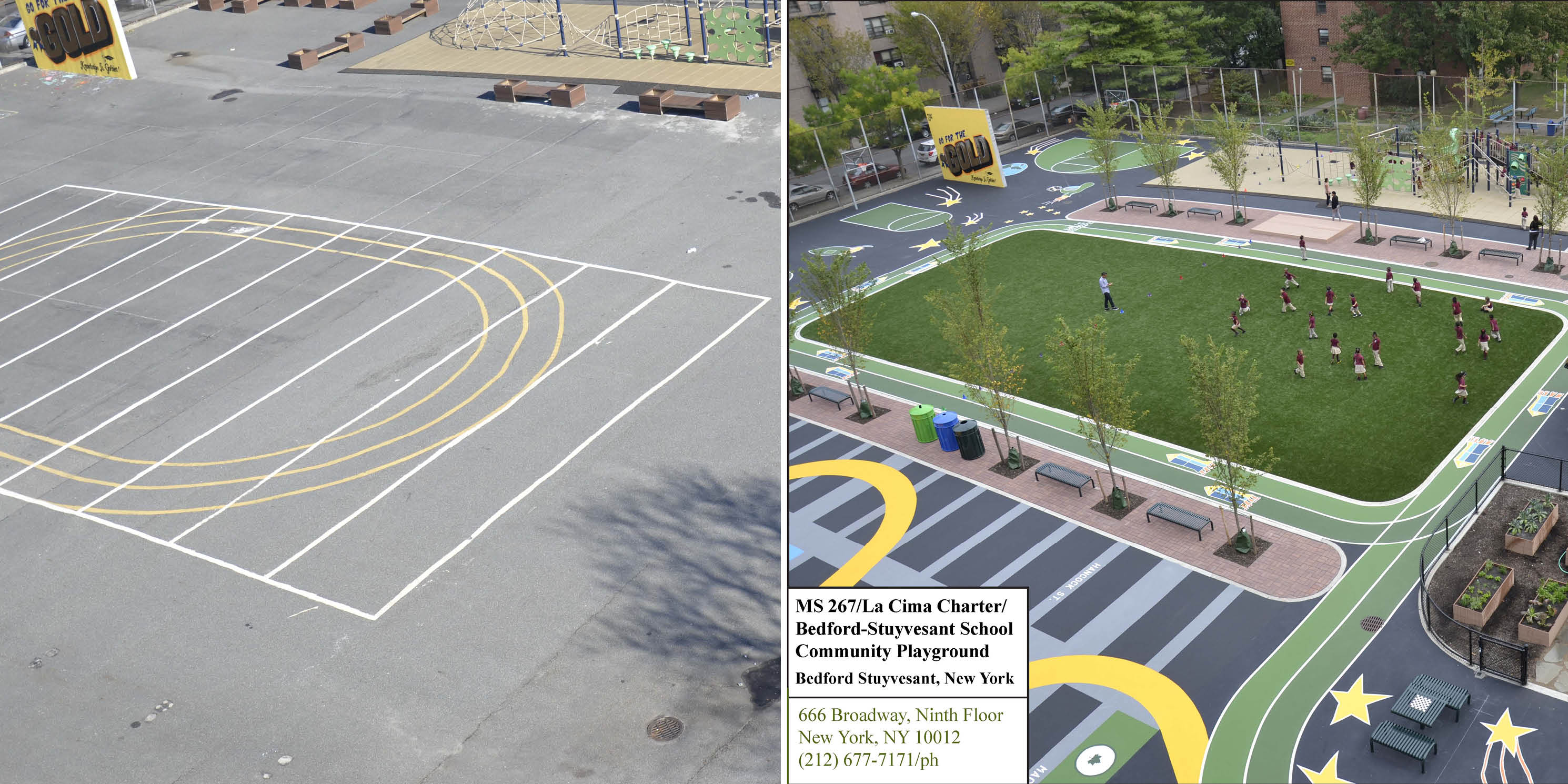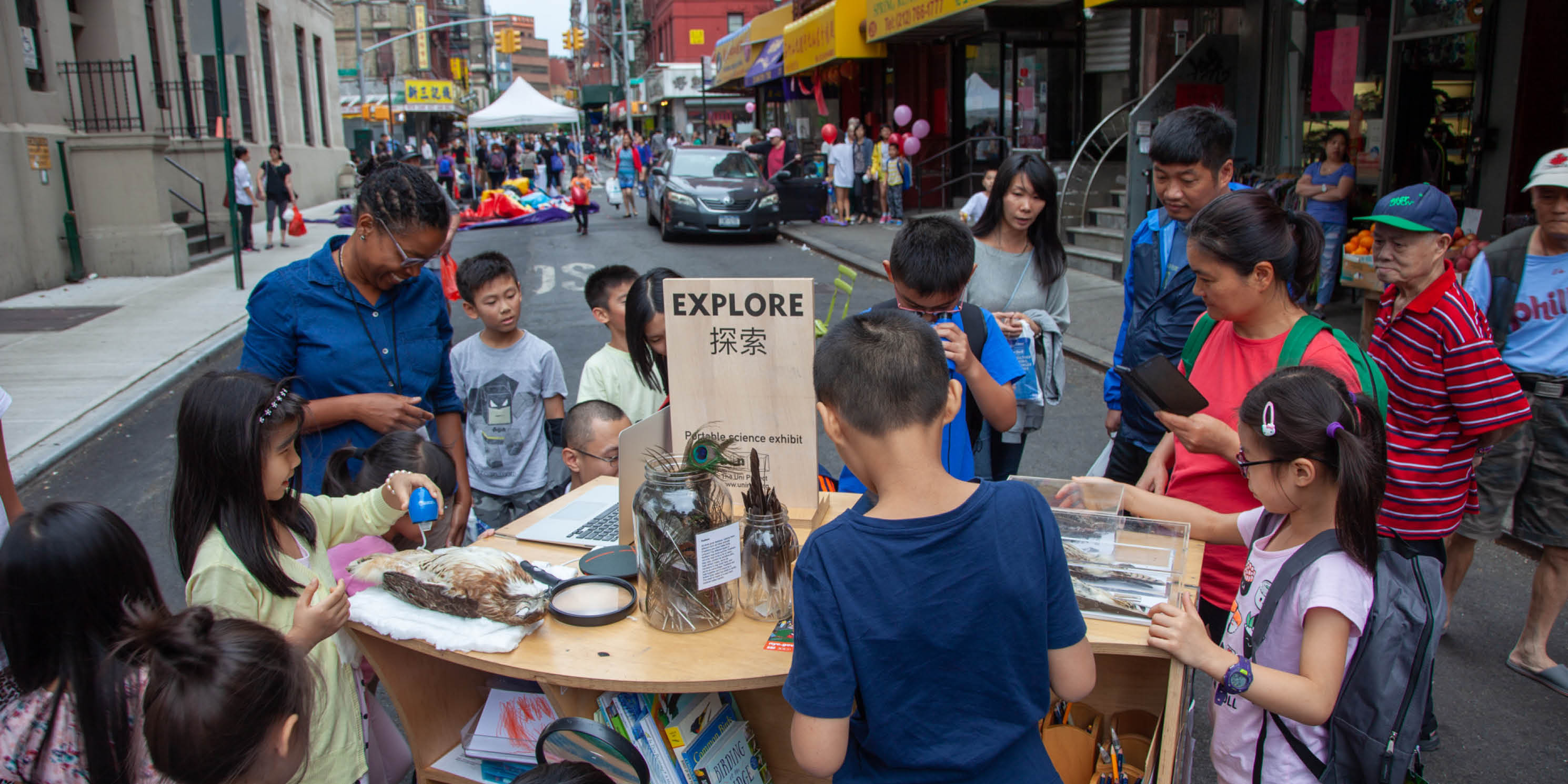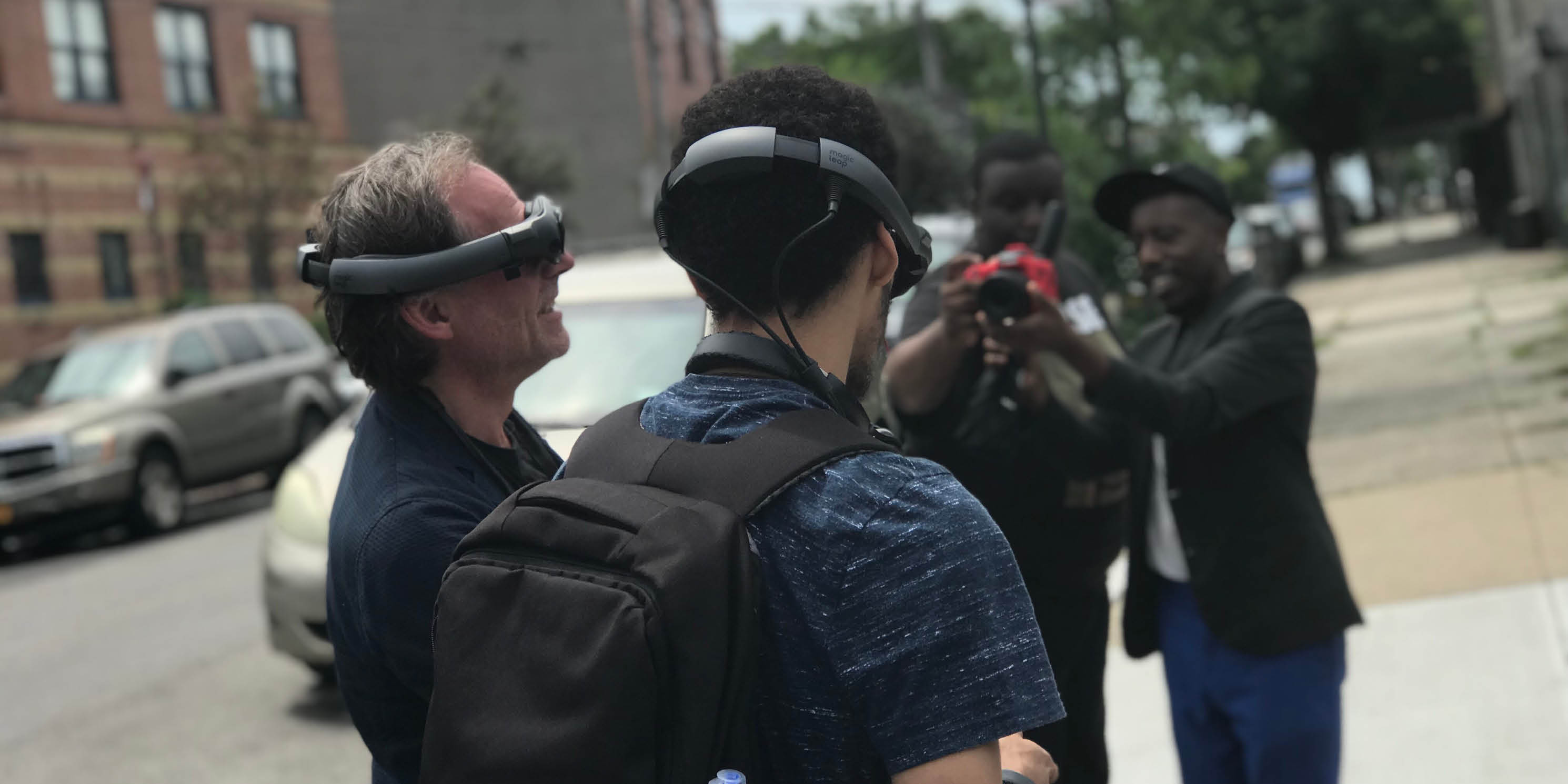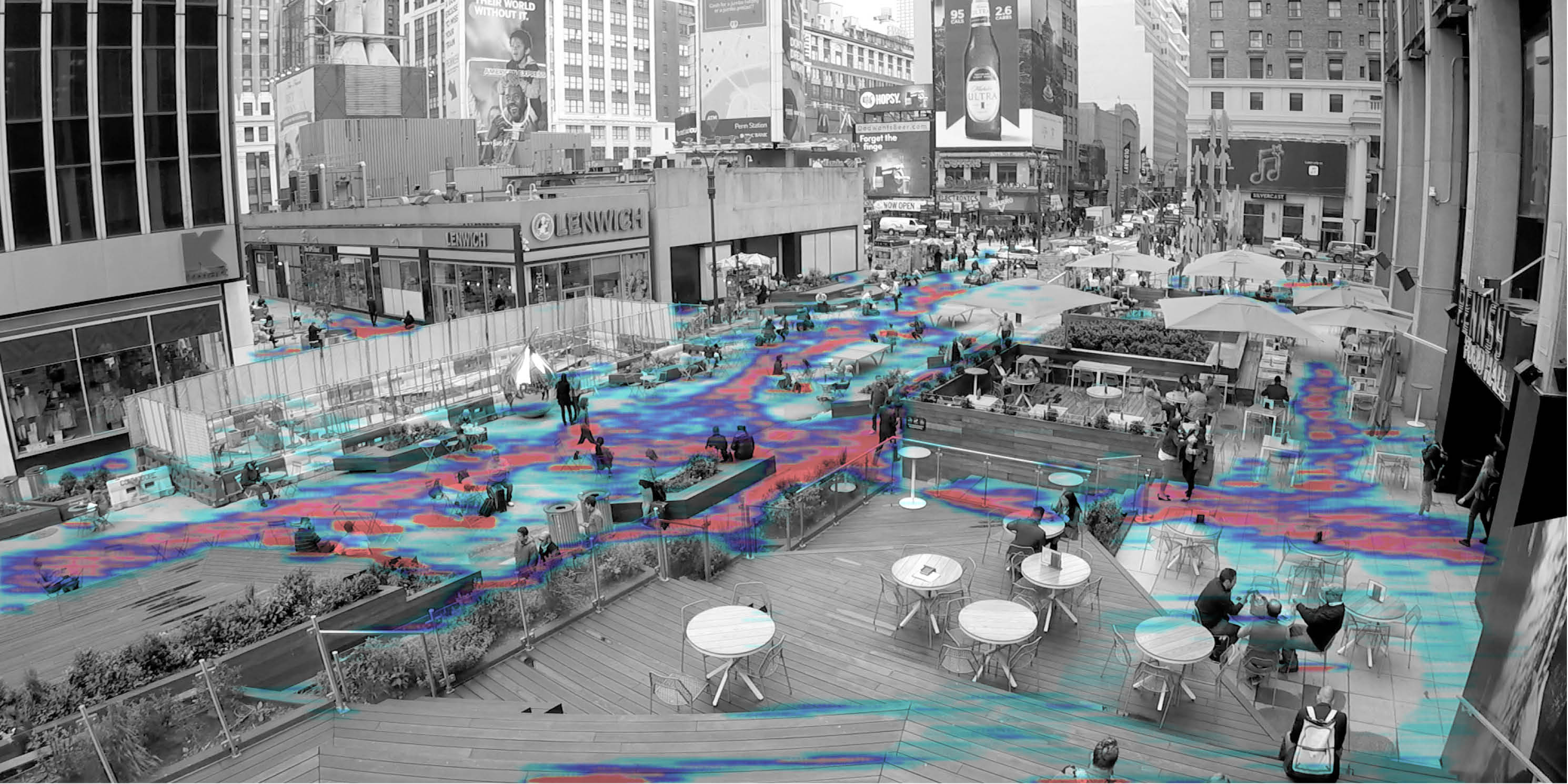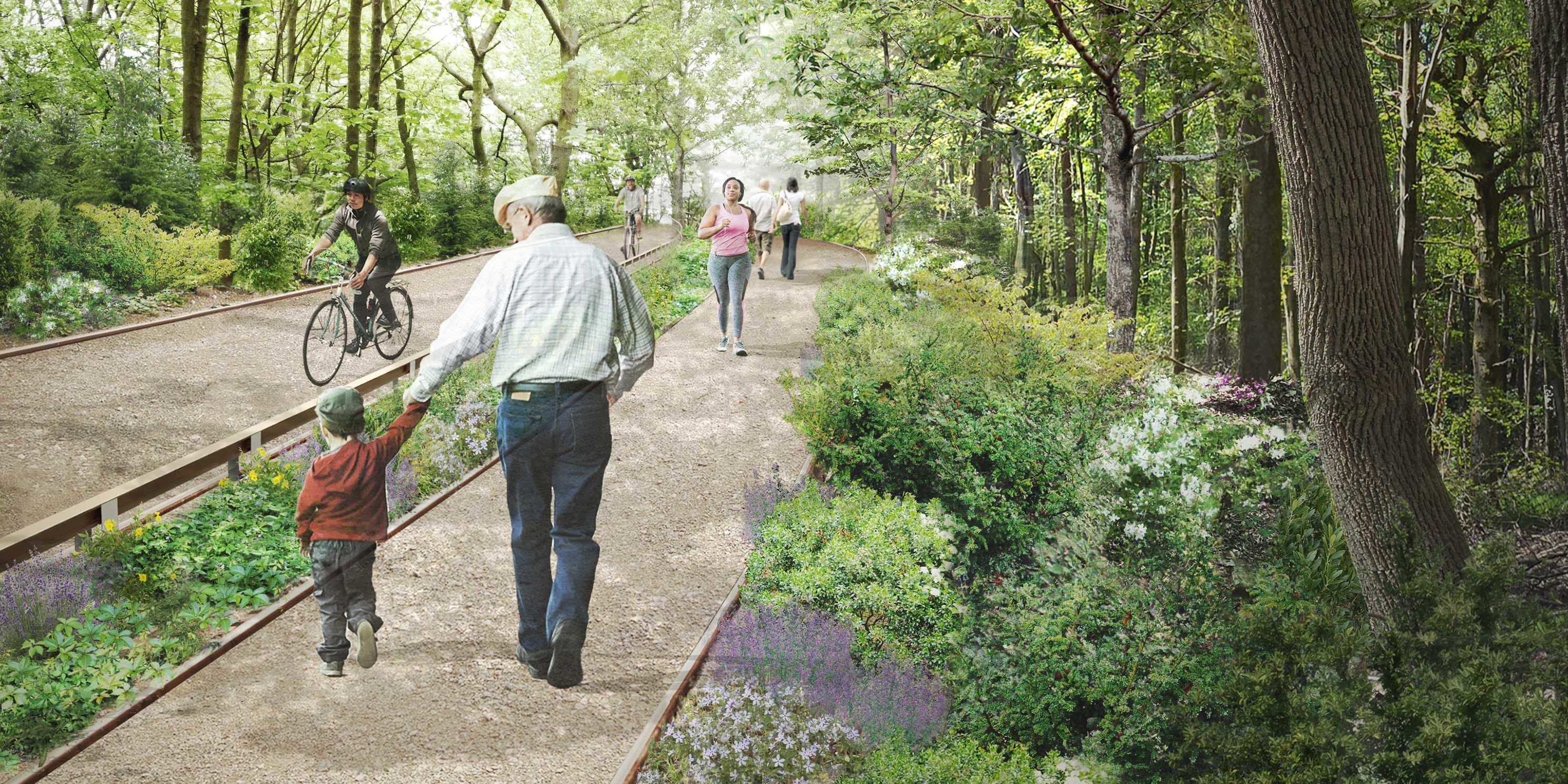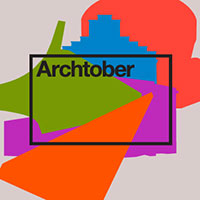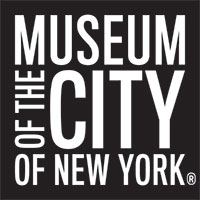2019 Summit for New York City: Fight for Light
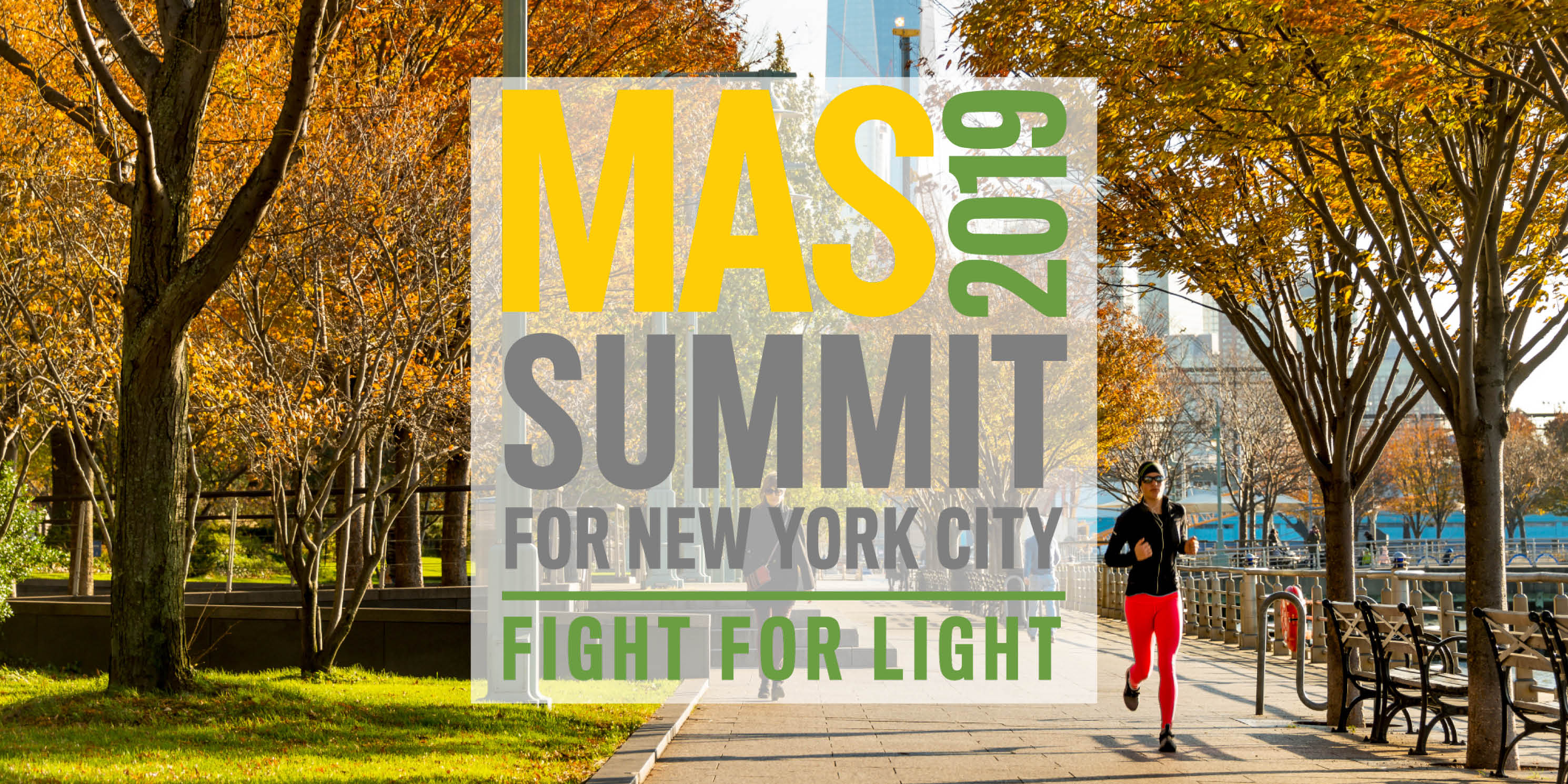
Schedule
Brooklyn Botanic Garden’s Fight for Sunlight aspires to prevent proposed high-rise towers from blocking sunlight to BBG’s greenhouse complex. The development site is situated within a 13-block section of Crown Heights that was rezoned in 1991 to encourage residential development “in keeping with the existing neighborhood character and (to) minimize the potential shadow impact upon the Botanic Garden from any new residential development.” The greenhouses are the beating heart of BBG, housing 20 percent of its plant collections—including endangered orchids, cacti, and bonsai — as well as the growing facilities that help replenish plantings across all 52 acres of BBG.
Young documentarian Everette Hamlette discovers that his local neighborhood park, 75 Park, is being reconstructed. Curious as to why all of his childhood memories are being altered, he decides to do his own research in this documentary, 75 Park: 1 of 35. Finding more questions than answers, Everette interviews those who grew up in this park near the Hunts Point area of the South Bronx. He meets people who have similar connections to the neighborhood and interviews friends, neighborhood leaders, and Parks Department employees, seeking both the emotion and the truth of the reconstruction.
Equitable access to quality parks and open space is a vital component of a healthy, livable city. We Run Brownsville is a grassroots effort to encourage women who are living and working in Brownsville to take ownership of their physical, mental, and emotional wellness. As agents of change, We Run Brownsville hones existing advocacy skills and cultivates capacity building as best practices by recognizing the unique contributions women can make in leading the transformation of their neighborhood.
A pioneer in the “Healthy Parks, Healthy People” initiative, Dr. Miller helped build linkages between our medical system and our park system. Her 2009 article in The Washington Post, “Take a Hike and Call Me in the Morning,” is widely credited with introducing “park prescriptions” into medical practice.
What impact does light in the public realm have on our health? We will explore how physical, mental, and societal health is shaped by access to quality open space.
State Parks Commissioner Erik Kulleseid will discuss two topics: how the geographic and physical accessibility of state parks in and around New York City make them vital destinations for city residents, offering the opportunity to connect to a life outdoors, especially for people with little experience interacting with the natural world; and the park and open space investments the state is making in central Brooklyn through the Governor’s Vital Brooklyn program.
From a windy January morning in Battery Park to a steamy July afternoon in Times Square, the presence of sunlight can radically change how we feel in the built environment. This video animation highlights how a person’s level of thermal comfort under the sun is influenced by multiple factors, including air temperature, humidity, wind, and surface temperatures. How can we model and quantify their effect in our streets and plazas? How can we use this data to protect well-being in the public realm, now and in the future?
The urban heat island effect refers to the higher temperatures that can be found in city centers, which makes them hotter than their surrounding suburban and rural areas due to their human-made surfaces, lack of vegetation, and lack of natural land-cover. Extreme heat, high daily temperatures, and heat waves are major health stressors currently in American cities and these climate-health impacts are likely to increase in a warming climate. How does access to light and air impact “Urban Heat Island,” and what are tools for integrating climate adaptation and climate mitigation into the planning and design process for a healthier urban future?
How can light and air be integrated into zoning regulations, planning tools, and incentives to maximize the use of parks, plazas, and open spaces? We will look at ways in which New York City can prioritize light and facilitate sustainable development for years to come.
Join us upstairs in the historic Library Reading Room for lunch overlooking Central Park and the chance to interact with inspiring projects as part of our third annual Innovation Exhibition. There will also be tours of NYAM’s Drs. Barry and Bobbi Coller Rare Book Reading Room available for MAS members and members of the NY4P Play Fair Coalition. Sign up at the registration desk in the lobby. Spaces are first come, first served as capacity is limited.
On Earth, all energy comes from the sun. Light is not only illumination, but food that fuels the base of the ecosystem and powers modern industry and transportation. Tracing the path of sunlight, current and ancient, through the city’s ecosystems, built and natural, illuminates the past, present, and future of the city’s ecology.
How does our manipulation of sunlight through the built environment affect the ecology of our natural environment? We will consider how best to balance development goals with light-dependent conservation and resiliency priorities.
Biophilic design can promote human health and wellness by incorporating nature into our built environments. Speaking to both urban and micro scales, this presentation will demonstrate how biophilic design strategies can create opportunities for nature in built spaces with the use of natural materials and analogues, biomimetic patterns, and dynamism of lighting. Bethany Borel will discuss the role of designers in furthering healthy environments and the critical decisions for making lasting change.
Liz Thomas is a professional hiker, adventure conservationist, and outdoor writer who encourages people to hike their city. Affectionately known as “Queen of Urban Hiking,” she has designed and walked 13 urban hiking routes of 100+ miles in U.S. cities from Los Angeles to New York City. This includes the Inman 300, which many consider the world’s first urban thru-hiking trail, linking more than 300 public staircases over 220 miles in Los Angeles.
To achieve New York City’s goal of 100% renewable energy by 2050, aggressive action and cross-sector collaboration is required. Solar One is a not-for-profit organization whose mission is to design and deliver innovative education, training, and technical assistance that fosters sustainability and resiliency in diverse urban environments. Solar One empowers learning that changes the way people think about energy, sustainability, and resilience, such as with their program, Here Comes Solar. Here Comes Solar supports New Yorkers in generating their own power, saving money, and reducing their environmental impact. They do this by partnering with affordable housing providers, property owners, and community groups to help make their solar projects happen.
What roles do architecture and design play in the vitality of the public realm? We will examine the form, materiality, and sustainability of the built environment in relation to light and shadow.
Join us upstairs in the historic Library Reading Room for a reception overlooking Central Park and the chance to interact with inspiring projects as part of our third annual Innovation Exhibition. There will also be tours of NYAM’s Drs. Barry and Bobbi Coller Rare Book Reading Room available for MAS members and members of the NY4P Play Fair Coalition. Sign up at the registration desk in the lobby. Spaces are first come, first served as capacity is limited.
The reception will include a presentation of The W. Allison and Elizabeth Stubbs Davis Award, which is presented to a deserving employee of the New York City Department of Parks and Recreation. The 2019 awardee is Leslie Peoples, RLA, Director of Landscape Architecture for Manhattan Capital Projects for NYC Parks.
Schedule subject to change.
Featured Participants
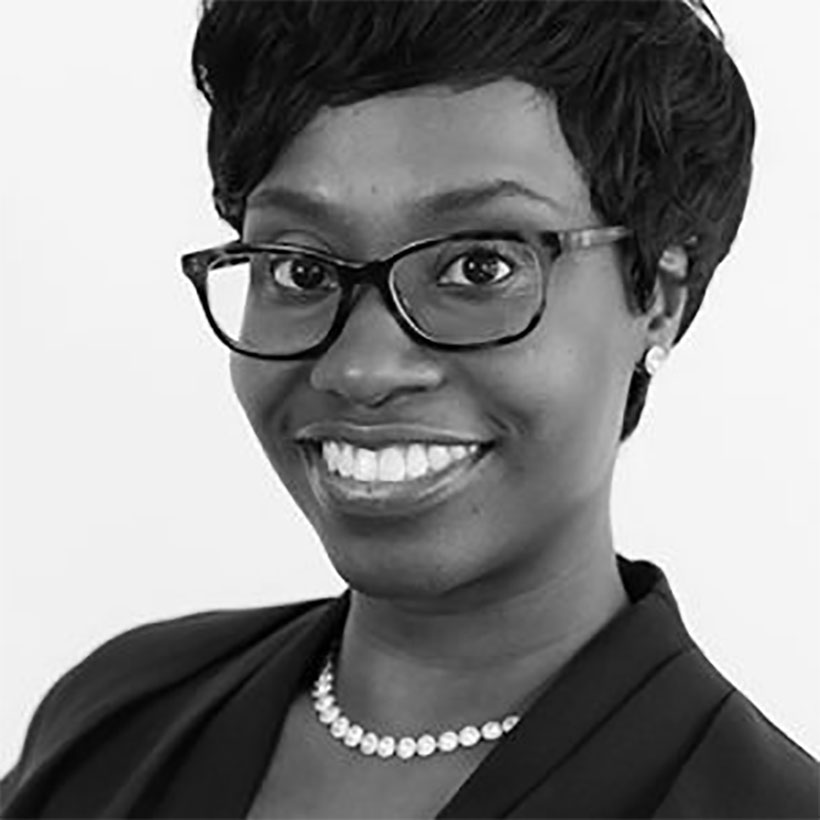
Christine Appah is a senior staff attorney in the Environmental Justice Program at New York Lawyers for the Public Interest. She works on environmental health and sustainability issues for community organizations. Christine serves on New York City’s OneNYC Advisory Board and was recently appointed to the City’s Environmental Justice Advisory Board. She began her legal career at the Legal Aid Society and previously served as a regional director at the New York State Division of Human Rights. Christine graduated magna cum laude from The City College of New York and earned her law degree from Duke University School of Law.
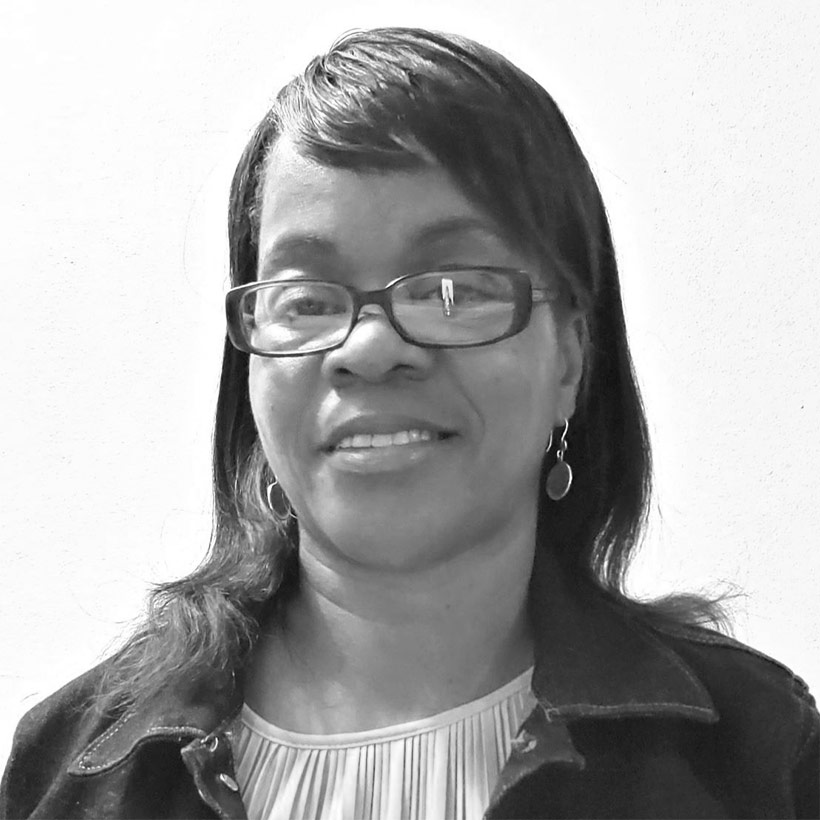
Sheila Barksdale-Gordon believes in the power of numbers to achieve goals, establish balance, and design dreams. A former bank executive with over 20 years of experience in the finance industry, Sheila decided to follow her passion of helping people by joining the non-profit sector. In 2015, she created We Run Brownsville with her life-long friend, Dionne Grayman. We Run Brownsville’s mission is to change the way women in Brownsville think about promoting their health by providing a judgement-free, brave, and liberated space for women of color to adopt a holistic approach to wellness through running training, mindfulness practices, and nutritional education. We Run Brownsville allows Sheila to move people from where they are to where they would like to be through her love of running: it is the best of both worlds. Sheila’s only greater accomplishment than receiving her B.S. in Business Management is being a wife and mother.
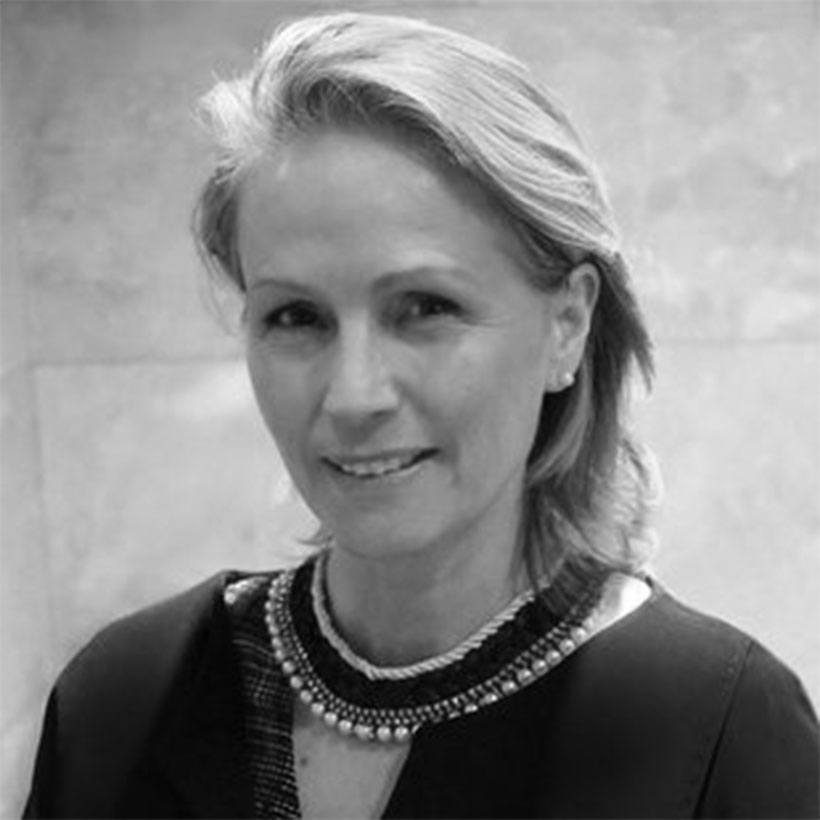
Kimber Bogard is the Senior Vice President for Strategy and Programs at The New York Academy of Medicine where she leads the strategic visioning process and oversees research, evaluation, policy, and community programs. A developmental psychologist by training, Kimber has worked with numerous organizations that support children’s health and cognitive, affective, and behavioral development from early childhood through their high school years. In 2006, she received her PhD from Fordham University in applied developmental psychology and her Master’s degree from Columbia University in human development.
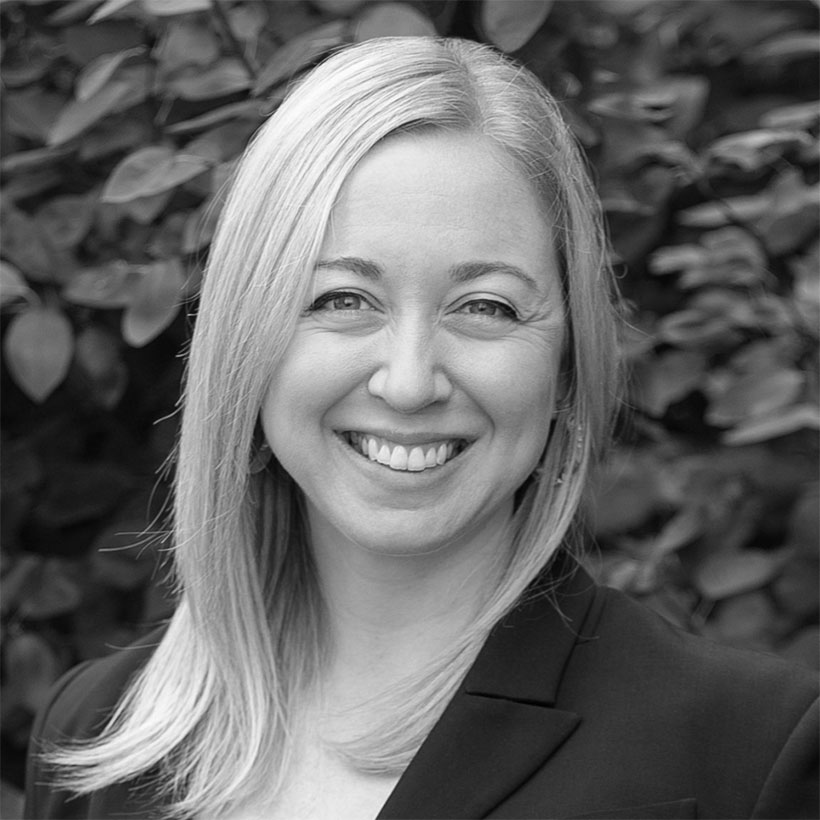
Bethany approaches her work at COOKFOX with a holistic knowledge of both architecture and interior design. Currently, she is spearheading the transformative design of the Solaire in Battery Park City and working on a new building for Marymount School in Manhattan. She recently completed the International WELL Building Institute’s headquarters. Bethany frequently speaks on the topics of biophilia and high-performance design. She teaches a sustainability studio course at NYSID and regularly serves as a guest juror at Columbia University and Pratt Institute. Bethany received her BFA in Interior Design from Pratt and her Master’s in Architecture from Columbia.
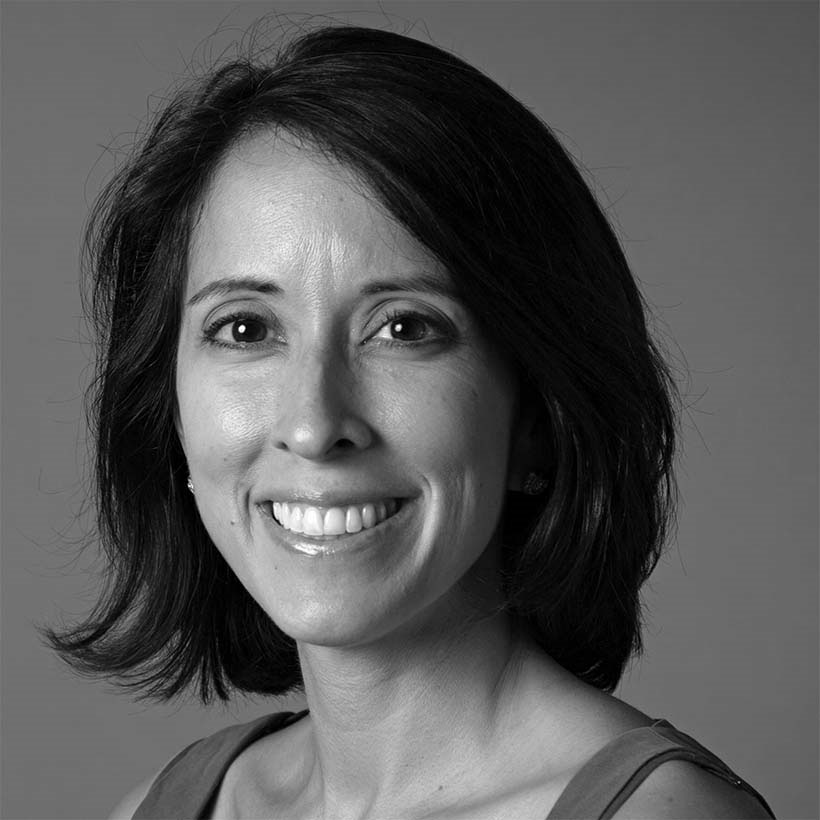
Sara Bronin is an architect, attorney, and professor at UConn Law School, focusing on property, land use, and historic preservation issues. Some of her scholarship has highlighted how the law must establish solar rights. She chairs Hartford’s Planning and Zoning Commission, where she led an award-winning overhaul of the zoning code and drafted the city’s first-ever Climate Action Plan. She also chairs Preservation Connecticut. Among other consulting, she helped build the $180 million 360 State Street projects and a mixed-use LEED-Platinum building in downtown New Haven. She has also spearheaded litigation to protect significant historic assets, including the Lebanon Town Green.
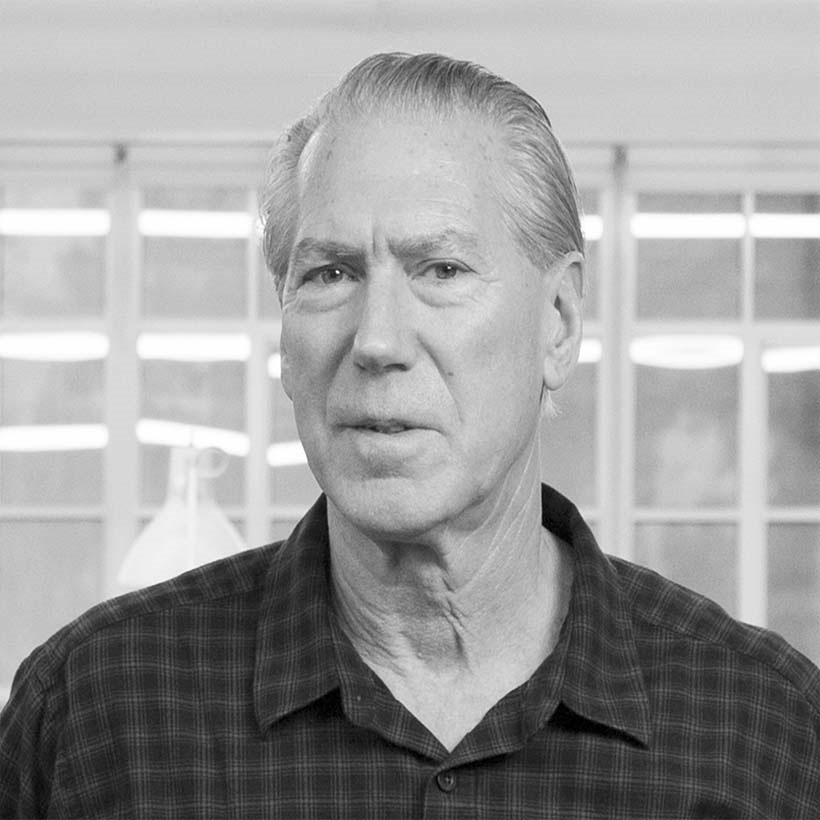
James Carpenter has worked at the intersection of architecture, fine art, and engineering for nearly 50 years, advancing a distinctive vision based on the use of natural light as the foundational element of the built environment. Originally studying architecture before concentrating on the fine arts, Carpenter founded the cross-disciplinary design firm James Carpenter Design Associates in 1979 to support the application of these aesthetic principles to large-scale architectural projects. Carpenter’s work is driven by a deep awareness of materiality and craft as a means of enhancing the individual human experience within the built environment. Carpenter has been recognized with numerous national and international awards, including an Academy Award in Architecture from the American Academy of Arts and Letters, the MacArthur Foundation Fellowship, and the Smithsonian National Environment Design Award.
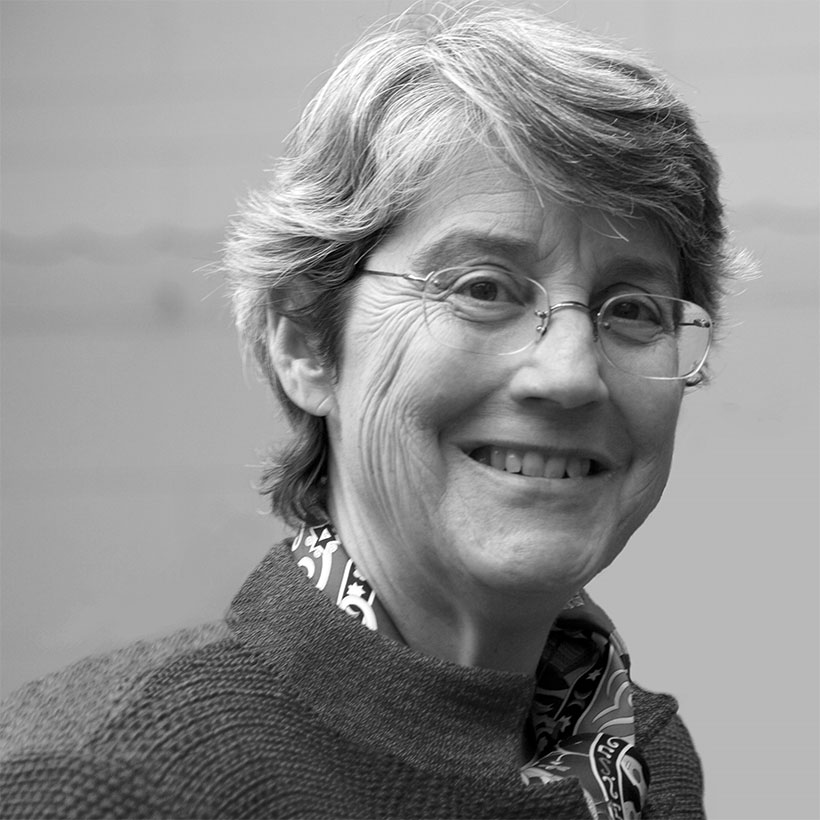
Gail Caulkins is President of Greenacre Foundation, a role she has held since 1997. Greenacre Foundation owns and operates Greenacre Park, a vest pocket park in midtown Manhattan that was opened in 1971 and receives 200,000 visitors annually. When Greenacre Park was faced with decreased sunlight from new construction and the Midtown East Rezoning Plan, Ms. Caulkins spearheaded the Fight for Light campaign in an effort to protect the sunlight in Greenacre Park. Realizing that loss of light is a concern for every park and garden in New York City, her efforts inspired MAS and NY4P to take the campaign citywide.
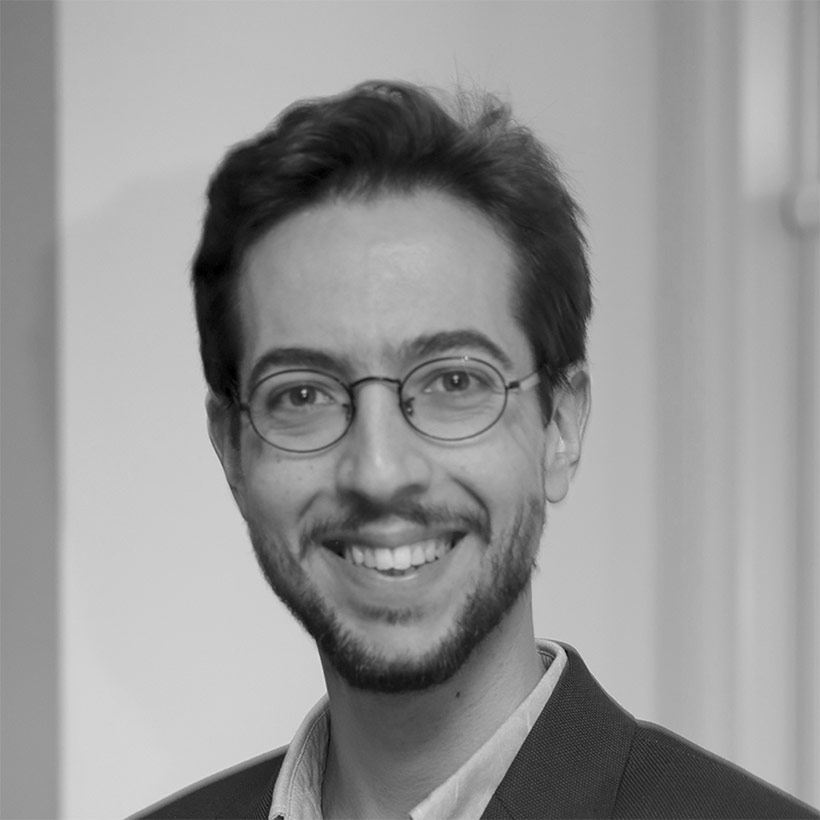
Carlos is a building science expert and the Environmental Design Director for KPF. He leads a firm-wide effort to minimize the environmental impact of KPF projects. He also develops tools to incorporate building performance simulation in design. Before joining KPF, Carlos worked as a Research Scientist and Instructor at MIT’s Sustainable Design Lab, collaborating with municipalities including Boston, Lisbon, and Kuwait in urban energy analysis. Carlos is a licensed architect by the University of Seville (Spain, 2010), having practiced in Spain, Japan, and the United States. He also holds a Master’s from Harvard University (2013) and a PhD from MIT (2017).
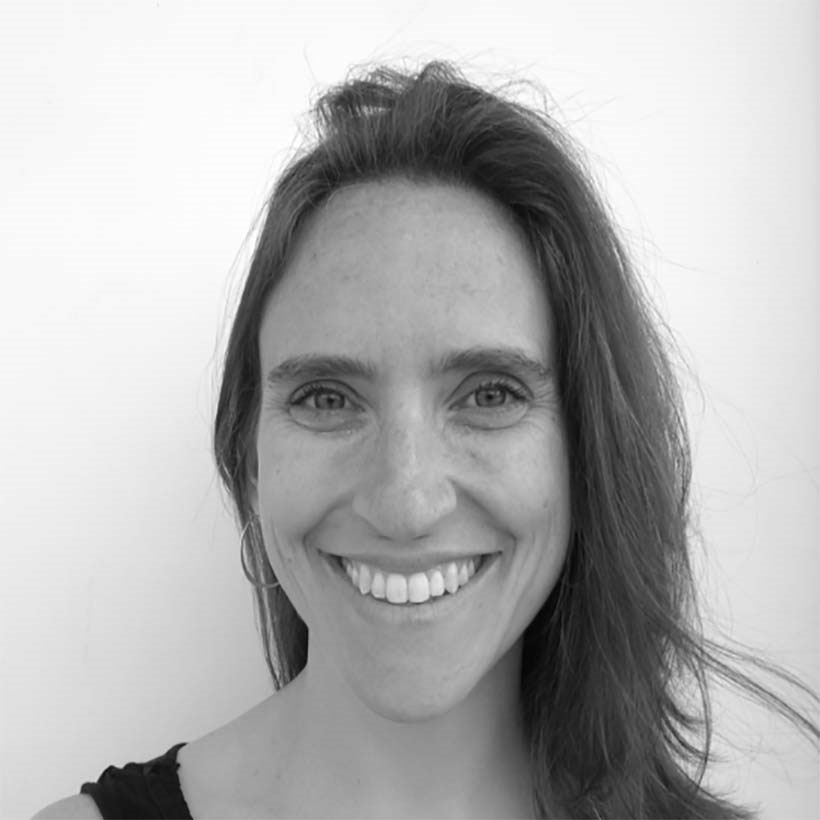
Sarah Charlop-Powers is the Co-founder and Executive Director of the Natural Areas Conservancy (NAC), a nonprofit dedicated to managing New York City’s 20,000 acres of forests and wetlands. The NAC is a pioneer in the field of urban conservation. The organization uses data and science to develop innovative new ways to manage urban natural areas so that they provide recreation opportunities for diverse users, protect local biodiversity, and provide environmental benefits. Sarah’s work builds on her background in land use planning, economics, and environmental management. She has a B.A. in Economics from Binghamton University and a Master’s of Environmental Management from the Yale School of Forestry and Environmental Studies.
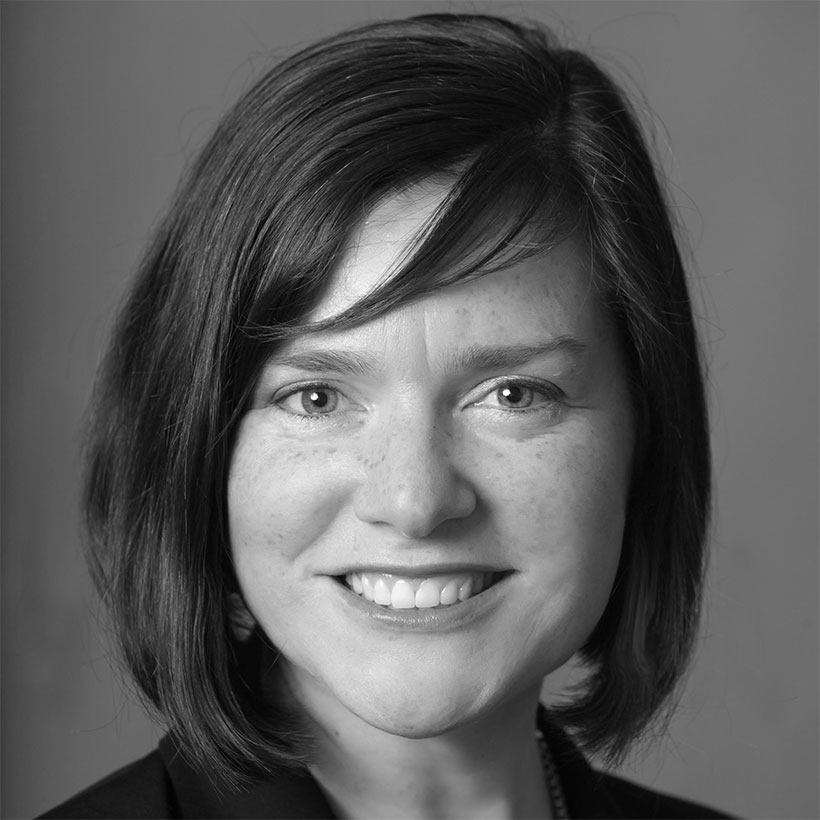
Kate Collignon has devoted her 20-year career to crafting economic growth strategies that strengthen cities and sustain communities. She is a Partner with HR&A Advisors, an industry-leading economic development, real estate advisory, and public policy consulting firm that has provided strategic advisory services for complex mixed-use development projects for over forty years. HR&A has contributed to the planning and development of more than 115 parks, plazas, streetscapes, and other urban spaces including New York City’s High Line, London’s Queen Elizabeth Olympic Park, Cincinnati’s Fountain Square, Boston’s Lawn On D, and the Dallas Parks system. At HR&A, Kate’s open space work focuses on enabling communities to create value and public benefits through strategic connections with adjacent real estate and civic assets. Past work has supported programming, funding, operations, and governance planning for Brooklyn Bridge Park, the Seattle Central Waterfront, Philadelphia’s Love Park, and Oakland’s Gateway Park. Kate also drives the growth of the firm’s Inclusive Cities practice to promote equitable development within cities as well as provides economic strategies to underpin master plans and development. She is a Board member with New Yorkers for Parks. She previously served as Development Director with Brookfield Properties and as Senior Vice President for Development at the New York City Economic Development Corporation.
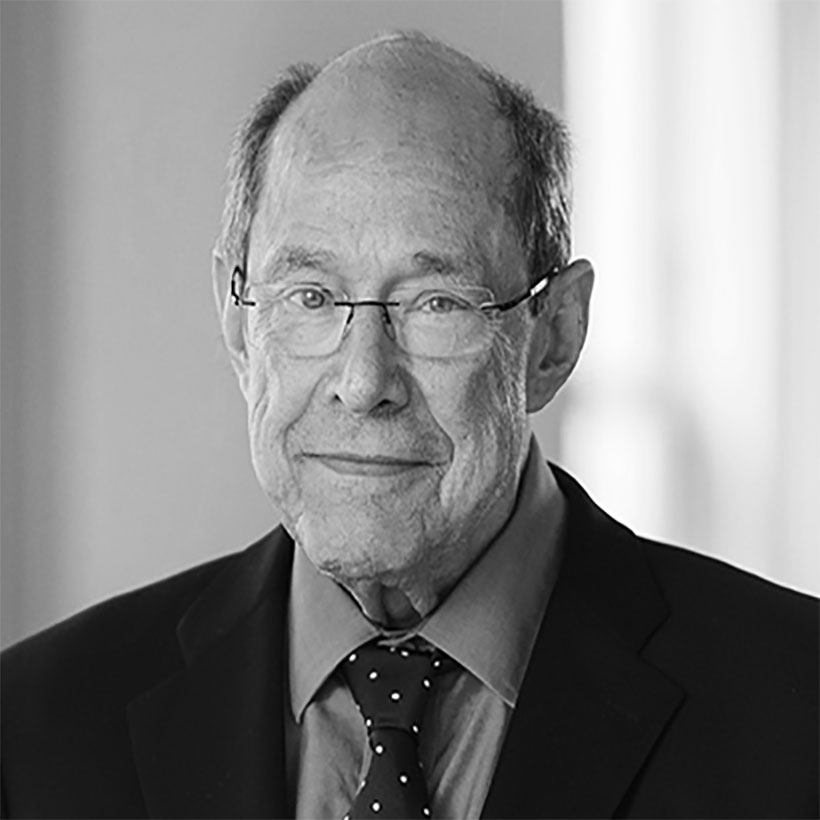
A partner in the law firm Venable LLP ’s real estate group, Mr. Davis has over four decades experience advising public and private clients in connection with some of New York City’s most significant development projects. His practice focuses on complex real estate, land use development, related environmental matters, and cultural and not-for-profit organizations. He served as New York City’s Commissioner of Parks and Recreation under Mayor Koch from 1978-1983. He is a board designated Founder and Life Trustee of the Central Park Conservancy, Founding Chairman of Jazz at Lincoln Center, a Presidential appointee to the Kennedy Center board, and recipient of the Medal of the City of New York for Exceptional Service.
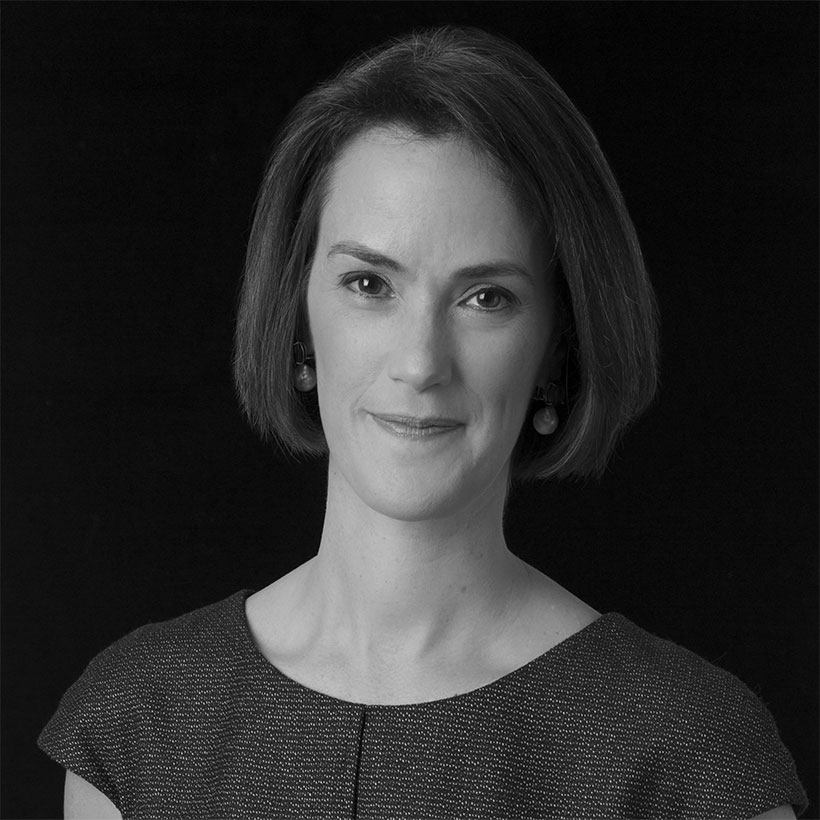
Whitney W. Donhauser joined the Museum of the City of New York as President and Ronay Menschel Director in January 2016. Her appointment follows a 23-year career in museum management at the Metropolitan Museum of Art, including policy and Masterplan development, capital projects such as the Fifth Avenue Plaza and MET Breuer, and fundraising. At MCNY, Donhauser oversaw the final phases of New York at Its Core, a permanent exhibition that opened on November 18, 2016 on the four-century history of New York City with a Future City Lab that explores the city’s ongoing challenges of housing, population growth, embracing diversity, transportation, and climate change. A new Strategic Plan launched an invigorated mission and vision, with a disciplined strategic and financial roadmap, clear goals, and a substantially larger role for fundraising, major gifts, and philanthropy. The museum’s largest individual gift of $10M was secured in 2017. Historic highs in museum and education program attendance and numbers of online followers have been recorded in each successive year. The first ever and ongoing multi-lingual advertising campaign has drawn even more and more diverse, visitors. Innovative technology outreach and partnerships with LinkNYC, WNET, and Urban Archive reach millions of people every day. Ms. Donhauser has a B.A. from Vassar College and a Certificate from the Royal Society of Art in London.
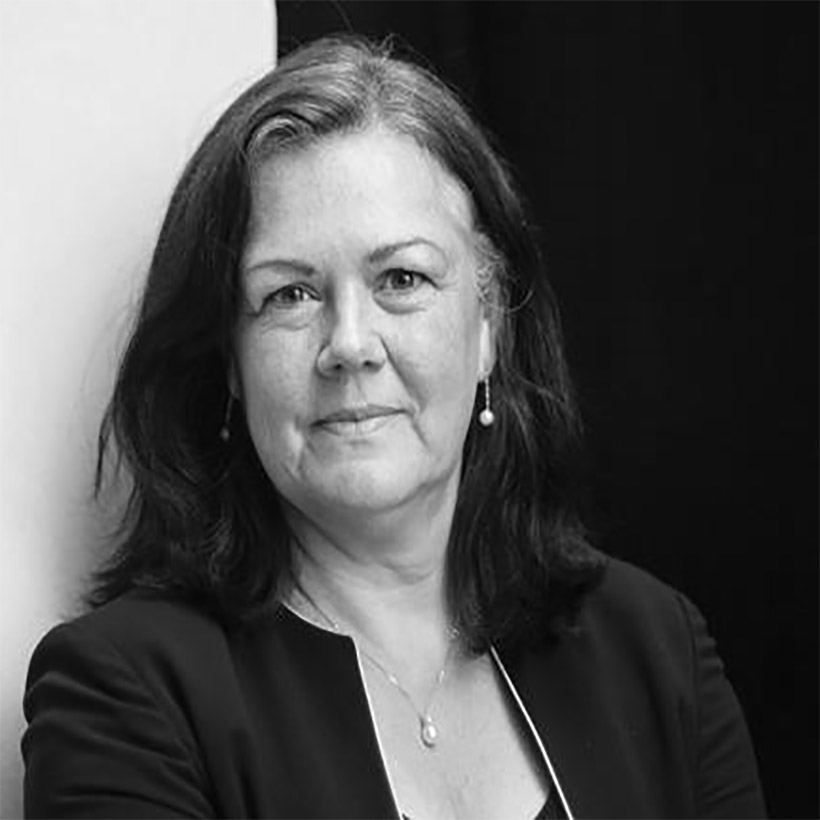
Carolyn Dwyer is the Director of the Built Environment at the City of London Corporation. Her role is to secure smart, connected, sustainable development and infrastructure to accommodate inclusive growth. Carolyn has over 30 years’ experience working in the Development Sector, including the planning, financing and delivery of major projects as well as the development of place-making through design of public realm, open spaces and development of cultural strategies and programs. Carolyn has held ministerial appointments, is a Non-Executive Director of Shoreham Port Authority, and is the Chair of the Board of Trustees for the Legacy Sports and Education Foundation charity.
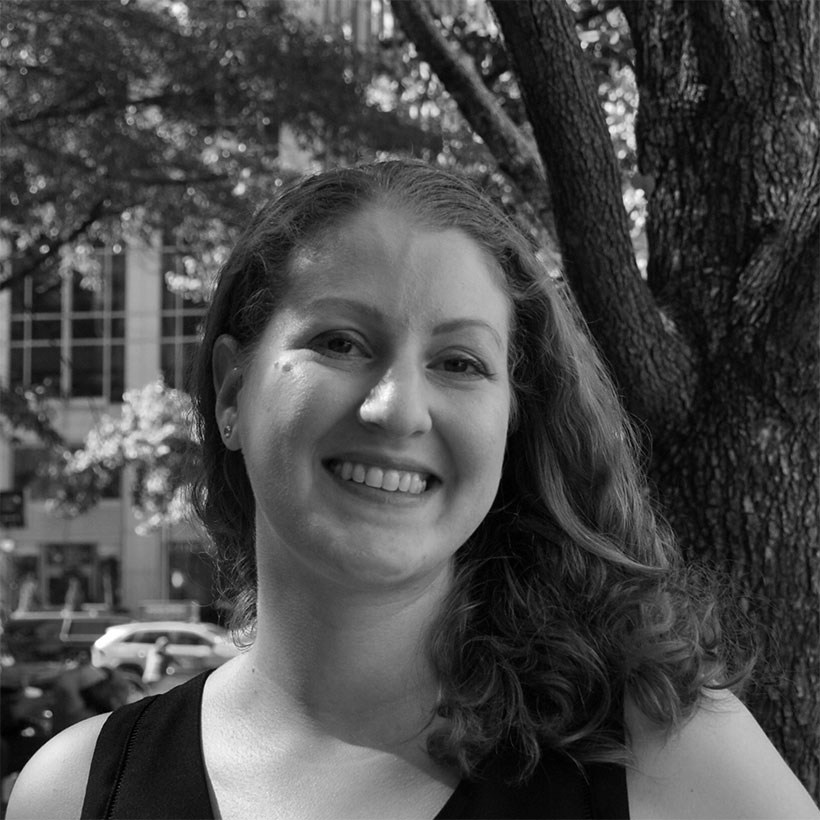
Basha Gerhards is Vice President of Policy and Planning at the Real Estate Board of New York (REBNY). Basha is focused on topics related to housing, land use, zoning, resiliency, and community development. Previously, Basha served as a senior land use advisor to Manhattan Borough President Gale A. Brewer. Prior to that, Basha worked at the City of New York’s Department of City Planning. She has an M.S. in Urban Planning from Columbia University GSAPP and holds a B.F.A. in Historic Preservation, with a concentration in Urban Design and Development, from the Savannah College of Art and Design.

Noah Ginsburg joined Solar One in 2016 and is the Director of its solar technical assistance program, Here Comes Solar. As a Solar Ombudsman at the City University of New York from 2009-2011, he identified and addressed barriers to solar adoption in New York City. From 2011-2015, Noah worked as data analyst and technologist with solar startups including Sungevity, Sunrun, and OnGrid. He volunteered on more than 40 solar installations with GRID Alternatives, and earned his NABCEP PV installation certification in 2014. He completed a year of Americorps national service and holds a Bachelor of Arts in Renewable Energy from Hunter College.
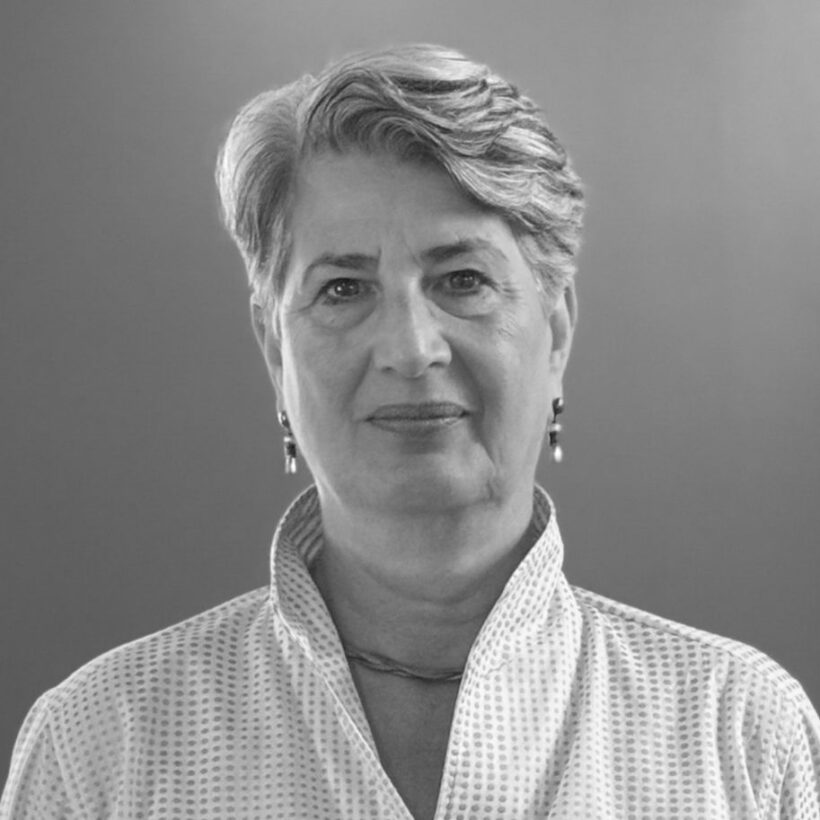
Elizabeth Goldstein joined MAS as its President in February 2017. Elizabeth has an extensive background in parks and historic preservation advocacy and management. Throughout her career, Elizabeth has worked to insure transparent public engagement in civic decisions of consequence to public space and the heritage of key places across the United States. Prior to returning to her New York City roots, Elizabeth was most recently the President of the California State Parks Foundation from 2004 to 2016. Prior to that she was the General Manager of the San Francisco Recreation and Parks Department (1999 to 2004), and the Western Director of the National Trust for Historic Preservation (1994-1999). Her work in parks includes the New York City Regional Director of the New York State Office of Parks, Recreation and Historic Preservation (1989-1994), the Director of Planning for the New York City Park Department (1986-1989) and the Chief of Staff of the Manhattan Borough Office of New York City Parks. Elizabeth graduated from Beloit College. Elizabeth is a past Co-Chair of the City Parks Alliance and board member of numerous non-profit boards.
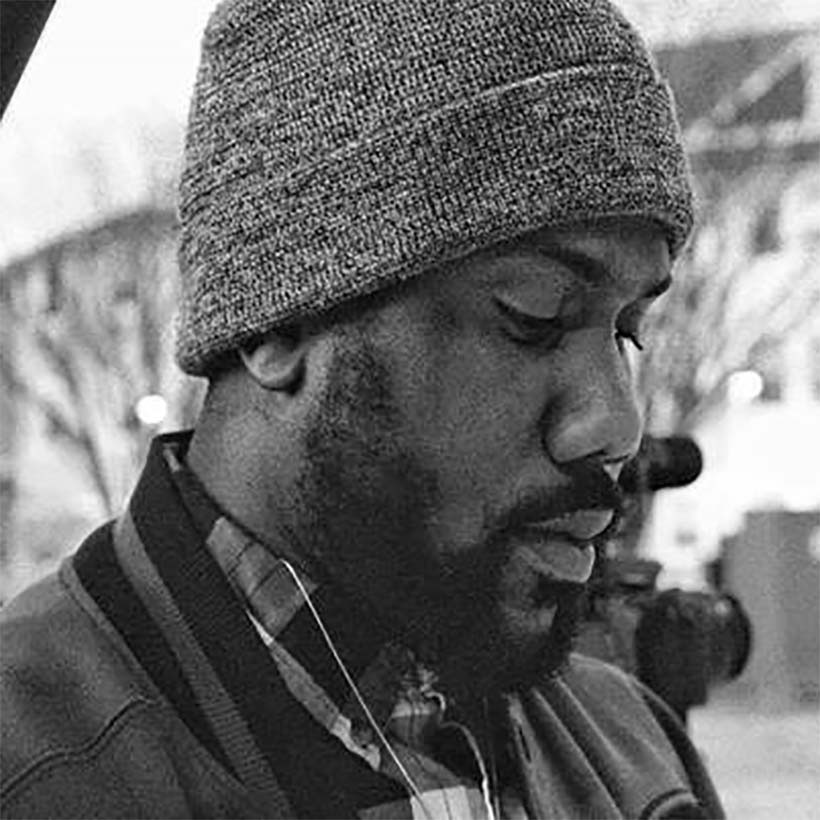
Everette S. Hamlette is a videographer, editor, producer, and award winning writer residing in the South Bronx. His work focuses mainly on the day to day lives of you average Bronxite. He is currently producing a documentary called “75 Park: 1 of the 35” with Leave It Better Media. The film stars Everette himself. After discovering his local neighborhood park, 75 Park, was going to be reconstructed, Everette grew curious about why all of his childhood memories were being altered. This led him to conduct his own research on the New York City Parks Department to find answers to these questions.
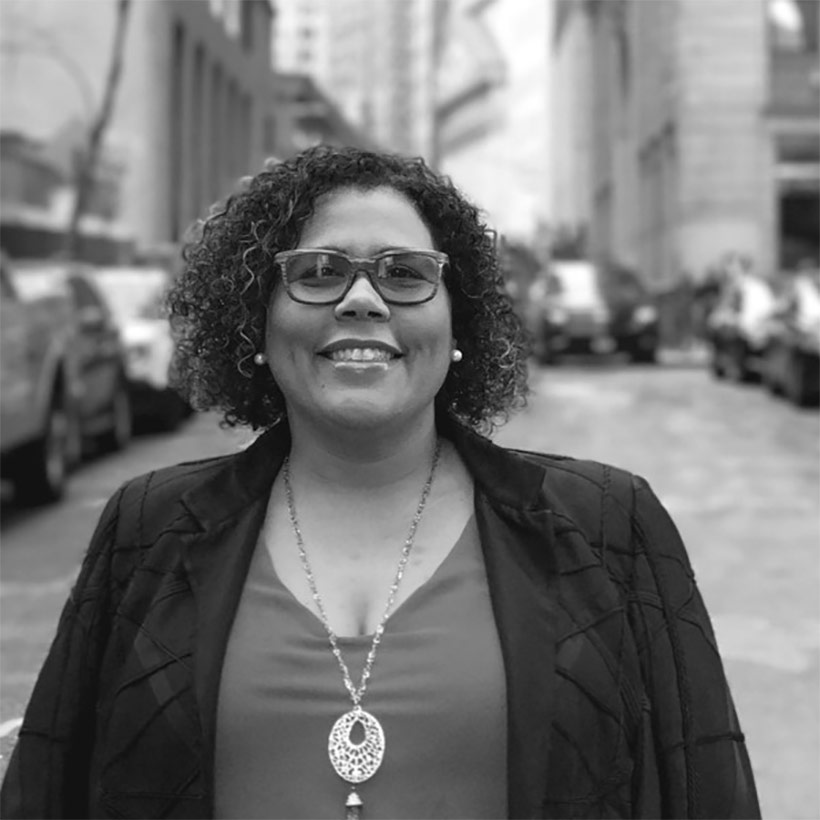
Claudia Herasme is the Chief Urban Designer and Director of the Urban Design Division at New York City’s Department of City Planning. The Department of City Planning’s mission is to plan the future of the city of New York. One of the core values of the mission is a concern for the livability of New York City’s neighborhoods and quality of the urban design that shapes them. As the department works to advance comprehensive neighborhood planning and the review of land use applications, the urban design office is charged with providing a clear and consistent perspective and advocacy in all matters that will affect the public realm.
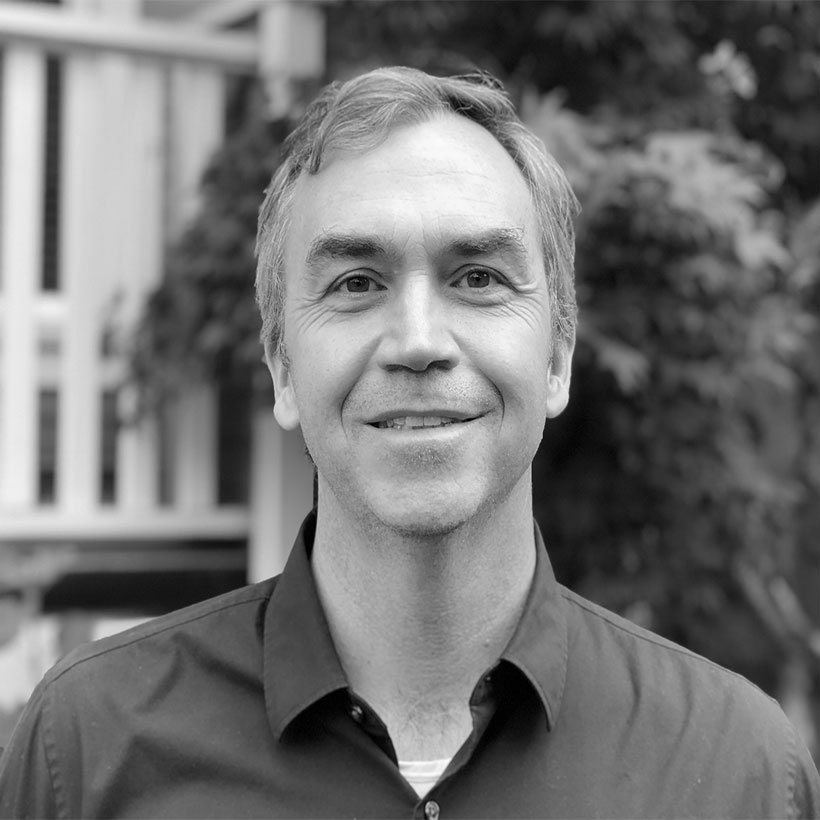
Neil is the Director of Community Planning in the City of Vancouver’s Department of Planning, Design and Sustainability. His team is responsible for the planning and implementation of Community Plans and Major Projects. The City Design Studio, also within Community Planning, is responsible for design policy from the city-wide to area-plan scale. Finally, the Downtown Eastside Team and Chinatown Transformation Team offer a unique model for planning and implementation of area plans within at-risk and cultural communities, respectively. Neil earned his PhD in City and Regional Planning from UC Berkeley and previously worked in San Francisco as the Principal Urban Designer in the Planning Department.
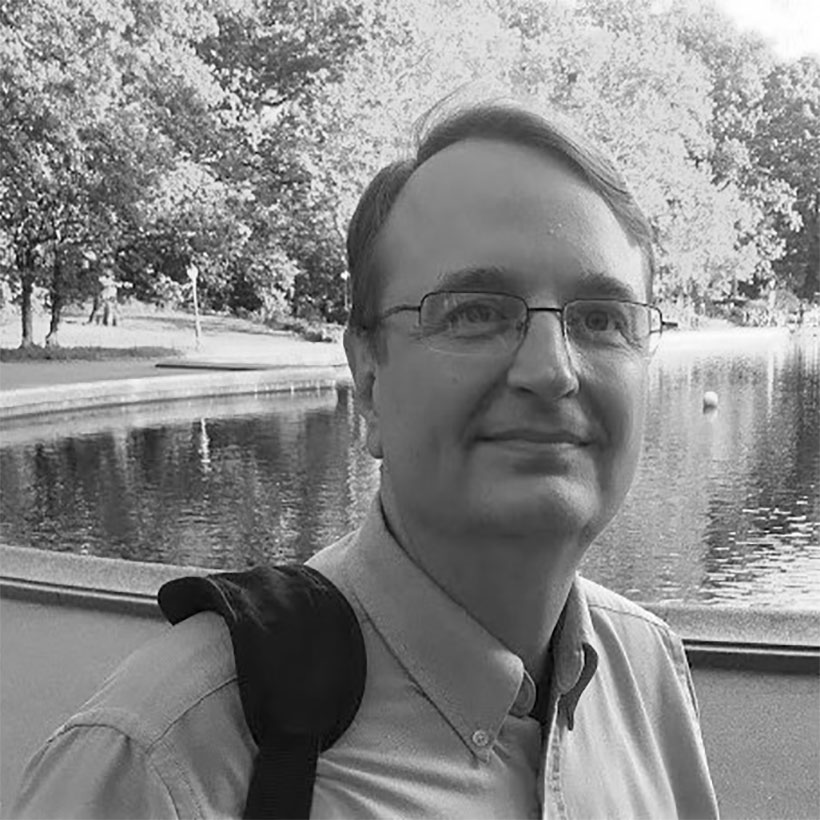
George M. Janes, AICP is an urban planner in private practice specializing in land use and zoning. Previously, George was the Executive Director of the Environmental Simulation Center, where he started working with shadows and daylighting. In 2008, he was responsible for the first daylighting analysis conducted as a part of a New York City Environmental Impact Statement. George’s office has mastered tools for both shadows and daylighting that make practical new regulatory paradigms that can be responsive to light.
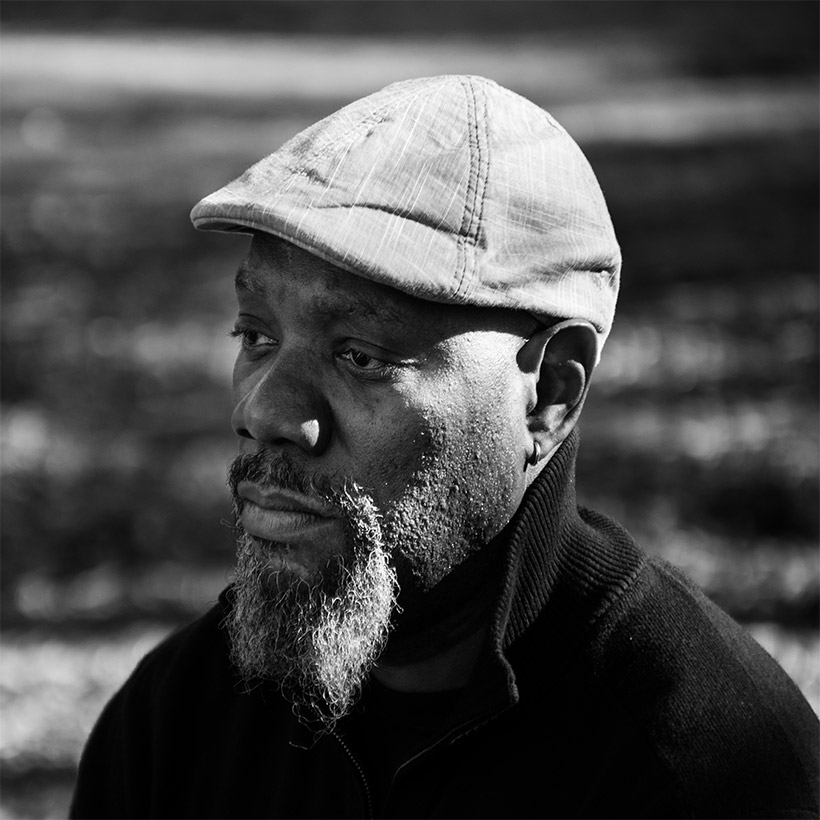
Mychal Johnson has a long-standing track record in community-based advocacy for environmental and economic justice. He is a co-founder of South Bronx Unite and a member of the Board of Directors of the Mott Haven-Port Morris Community Land Stewards. He also serves on the Board of Directors of the Bronx Council for Environmental Quality, the Board of Directors of the New York City Community Land Initiative, the Watershed Advisory Committee of the Park’s Department Harlem River Watershed and Natural Resources Management Plan, and the Community Advisory Board of Columbia University’s NIEHS Center for Environmental Health in Northern Manhattan. Mychal was also appointed as a civil society voting member of the New York State Department of Environmental Conservation Open Space Committee, selected by the United Nations to serve as one of 38 global civil society appointees to the historic UN Climate Summit in 2014 and invited by the Bolivian government to participate in the World Peoples Conference on Climate Change.
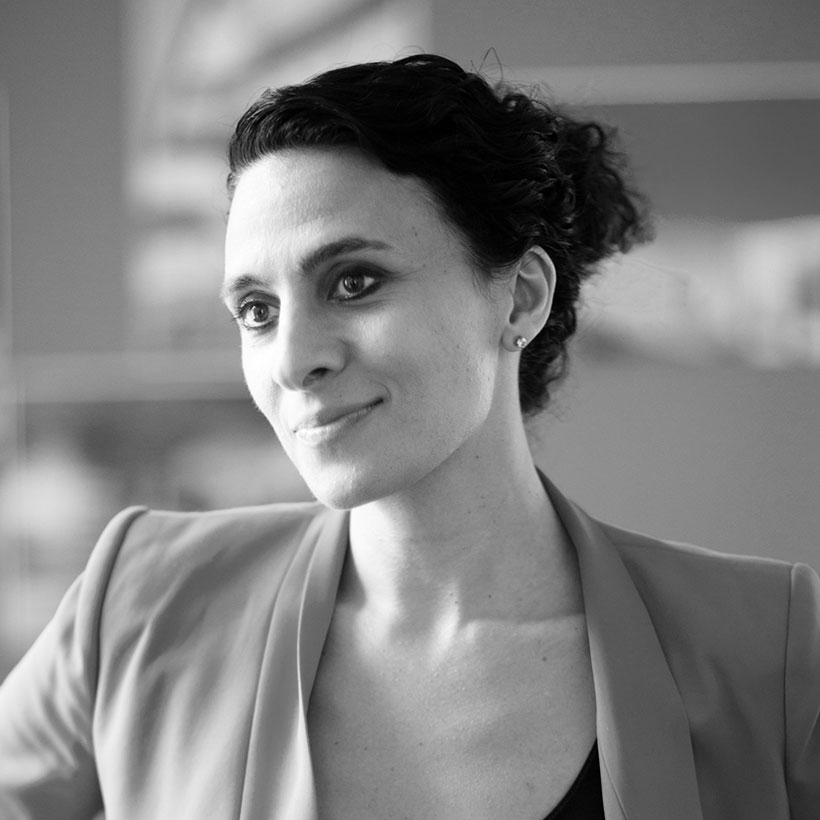
Hana Kassem, Principal at Kohn Pedersen Fox Associates, has more than 20 years of experience in the field of architecture, leading the design of a variety of academic, research, cultural, transportation, hospitality, and commercial mixed use projects across the globe. She is currently working on projects in Brazil, USA, France, the Philippines, and China. Her design philosophy lies in the idea that design is human-centric and should enhance well-being and fulfill social needs, creating dynamic and stimulating environments for all. Some of the notable projects she has led with her colleagues include, the Red Hook Houses Resiliency and Recovery project for NYCHA, awarded an AIA Urban Design Merit Award in 2017, as well as the CUNY Advanced Science Research Center in NYC, a LEED Gold building that was awarded the AIA NYS Excelsior Award in 2015. Hana currently serves as a member of the Van Alen Institute’s Board of Trustees as well as the AIANY Board of Trustees as Director for Design Excellence. A Registered Architect in the State of New York, she has served as Co-chair for the AIANY Global Dialogues Committee and founded in 2013 the Leaning Out annual series on Women in the field of Architecture and Construction. She teaches as adjunct faculty at Parsons, formulating studio topics that focus an experiential engagement with our environment, wellness, and resiliency within approaches that address marginalized communities. Hana is co-editor of a book entitled Architect d.b.a | On Re-defining the Roles of the Architect Today.
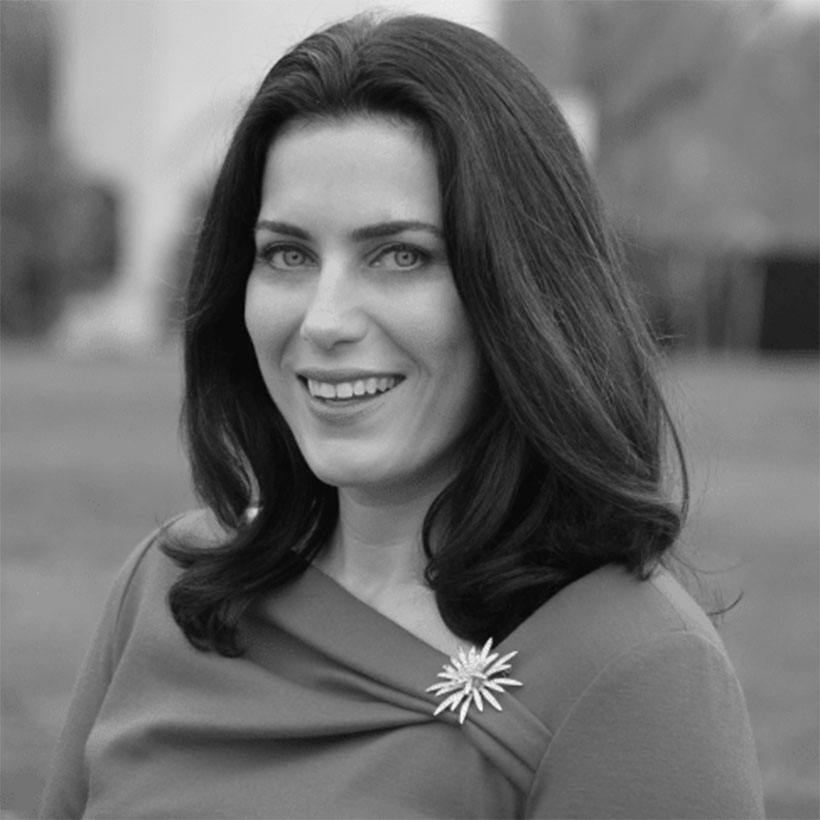
Lynn Kelly oversees the citywide independent organization championing quality parks and open spaces for all New Yorkers. As lead spokesperson for the Play Fair campaign, she organized a coalition of 145 organizations to help secure a historic investment of $44M in New York City Parks. Previously, Lynn was President and CEO of Snug Harbor Cultural Center & Botanical Garden, and a Senior Vice President at the New York City Economic Development Corporation. Lynn serves on the boards of Coney Island USA and NYC and Co. She received a B.A. from New York University and a Master’s of Public Administration from NYU’s Wagner School.
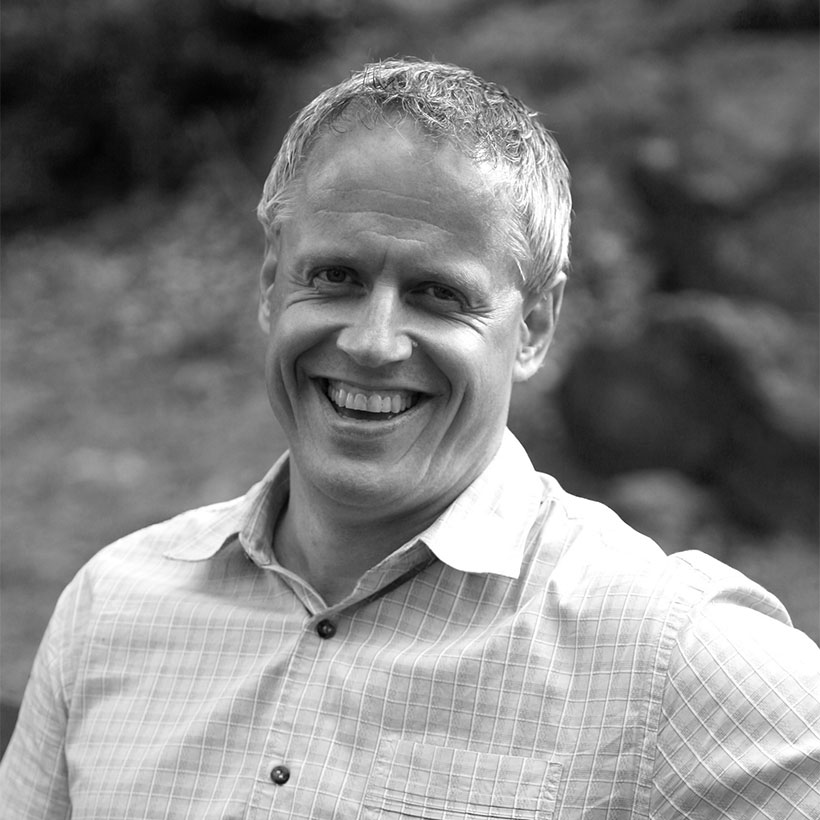
Erik Kulleseid was appointed Commissioner of the NYS Office of Parks, Recreation, and Historic Preservation in January 2019. Previously, Mr. Kulleseid was Senior Vice President for the Open Space Institute, where he co-founded the Parks Program and helped secure $30 million for park improvements. From 2007 to 2010, he was Deputy Commissioner for Open Space Protection at State Parks. He also served as New York State Program Director for The Trust for Public Land, a national nonprofit land conservation organization. He is a graduate of Yale College, Stanford Law School, and the Yale School of Forestry and Environmental Studies.
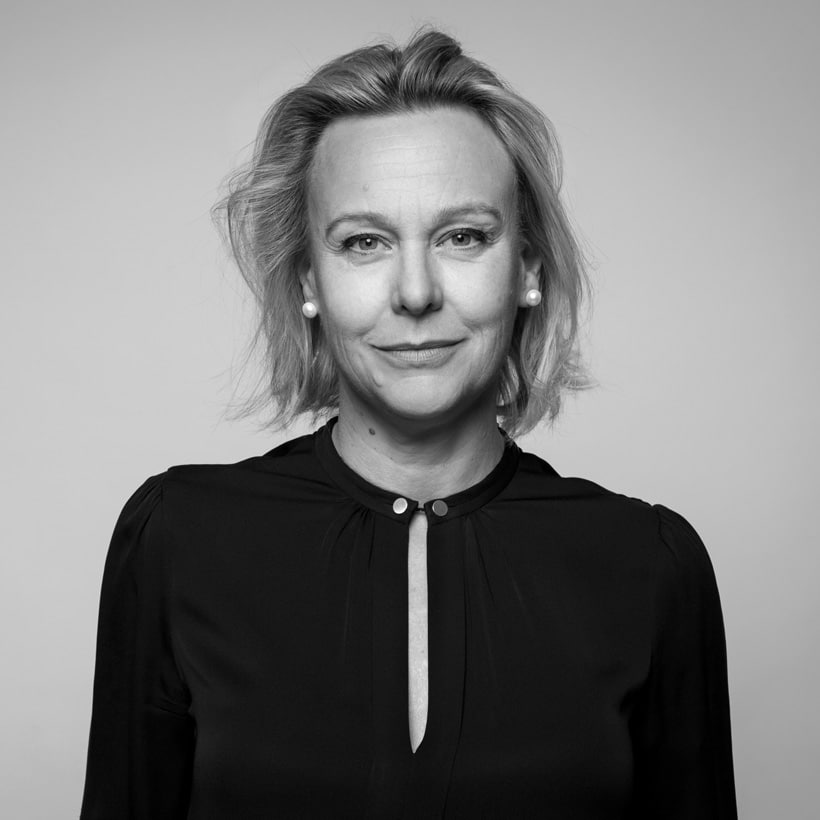
Christy MacLear is a business person in the creative world. She has never had a job which existed before and is an expert in building businesses and start-ups with a particular focus on art, legacy, place-making, real estate and, often, degrees of complexity. She is the CEO of PaceX which will connect a new generation of artists working in technology and the cross-over of art, science, and even social justice themes to new “experience economy” sites globally. Prior positions include being the Vice Chairman at Art Agency Partners, a subsidiary of Sotheby’s, focused on creating an advisory practice for artists, estates and foundations; the first CEO of the Robert Rauschenberg Foundation; and the founding Executive Director of the Philip Johnson Glass House, giving her deep expertise in legacy planning for artwork use, foundation start-ups and museum sites. Christy has a BA from Stanford University in Urban Design and an MBA in Real Estate finance from the University of Pennsylvania’s Wharton School.
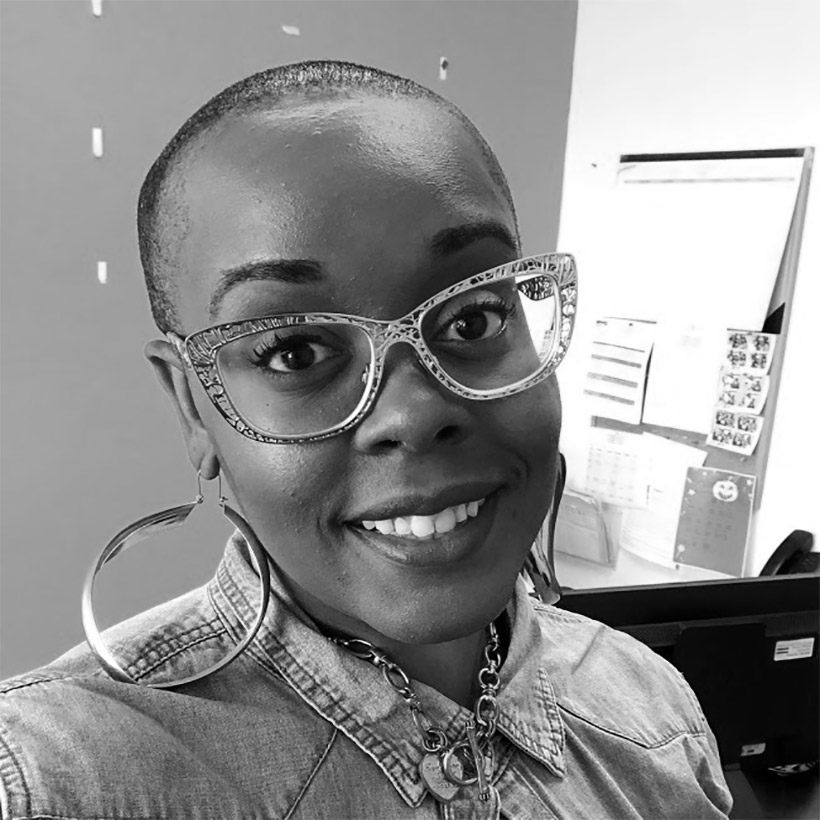
Erika McSwain is an advisory board member for We Run Brownsville and the project director for the Queens Youth Justice Center. She previously served as the operations manager and coordinator of participant development at the Brownsville Community Justice Center. Before coming to the Justice Center, she worked as a case manager for adults with HIV and mental illness. McSwain is a graduate of Spelman College.
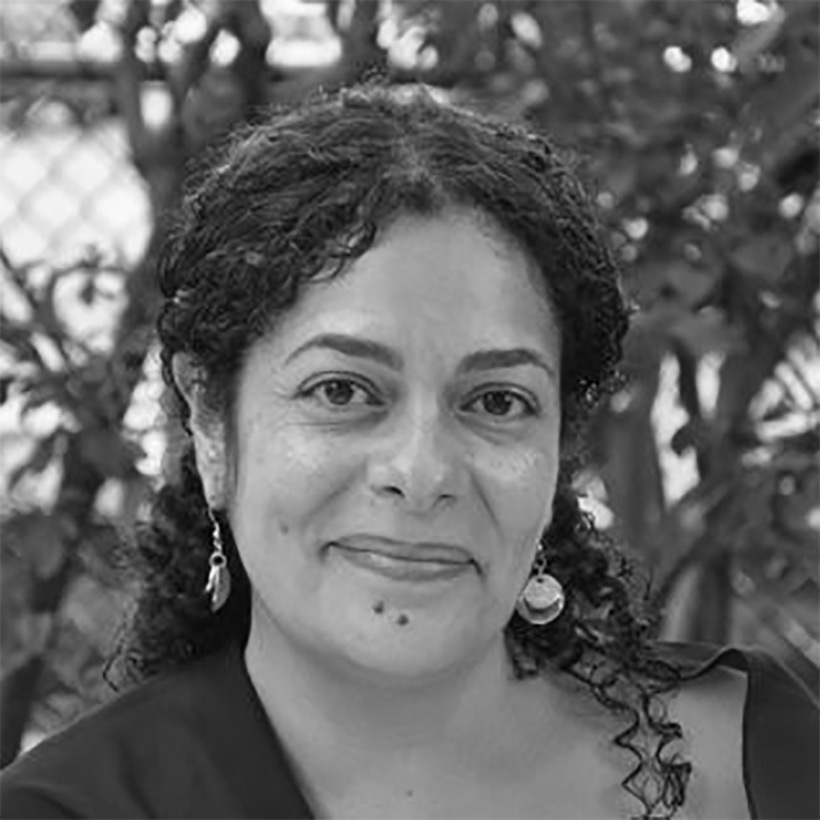
Nilka Martell founded Loving the Bronx to share the borough’s history, culture, architecture and character through tours, photos, and articles. A licensed tour guide and advocate for Bronx parks, she is dedicated to telling the public about the borough’s important sites, such as the Bronx River. She has received numerous accolades, including being named one of 25 influential Bronx women by the Bronx Times. Martell is so involved in her neighborhood that she is known as the “Mayor of Parkchester.”
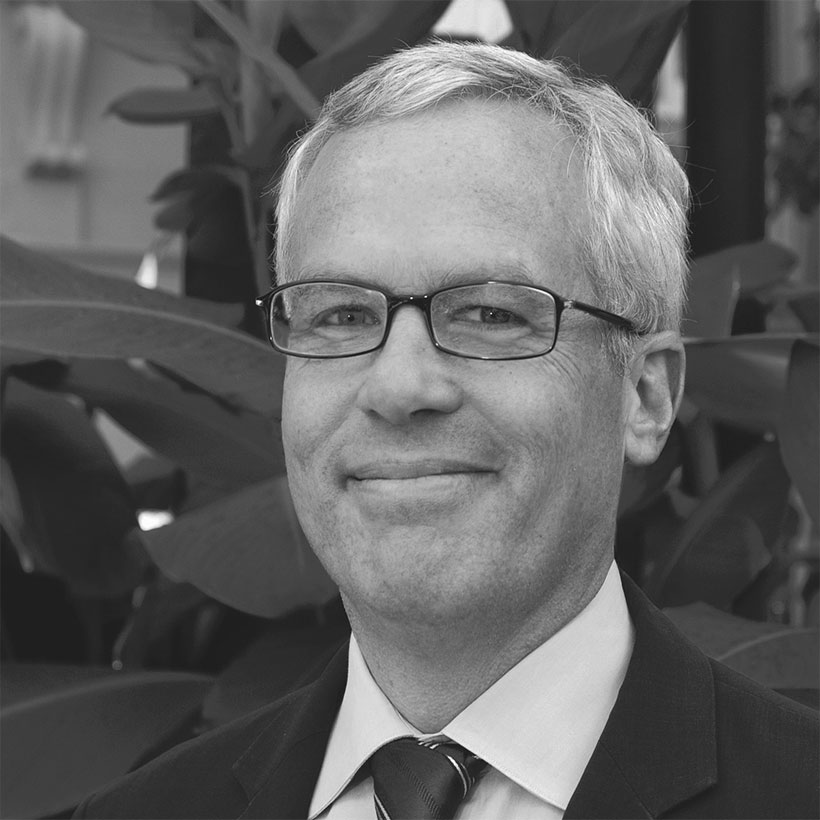
Scot Medbury is president of Brooklyn Botanic Garden, serving as BBG’s sixth leader since its founding in 1910. He has been involved in the curation, cultivation, and interpretation of botanical collections for 40 years, having held appointments at gardens in California, Washington, Hawai’i, Great Britain, and New Zealand. Mr. Medbury serves as a trustee of Botanic Gardens Conservation International-US, the Center for Plant Conservation, and the International Dendrology Society, and advises five American public gardens. He holds an MS from the University of Washington Center for Urban Horticulture and a BA from the UW Jackson School of International Studies.
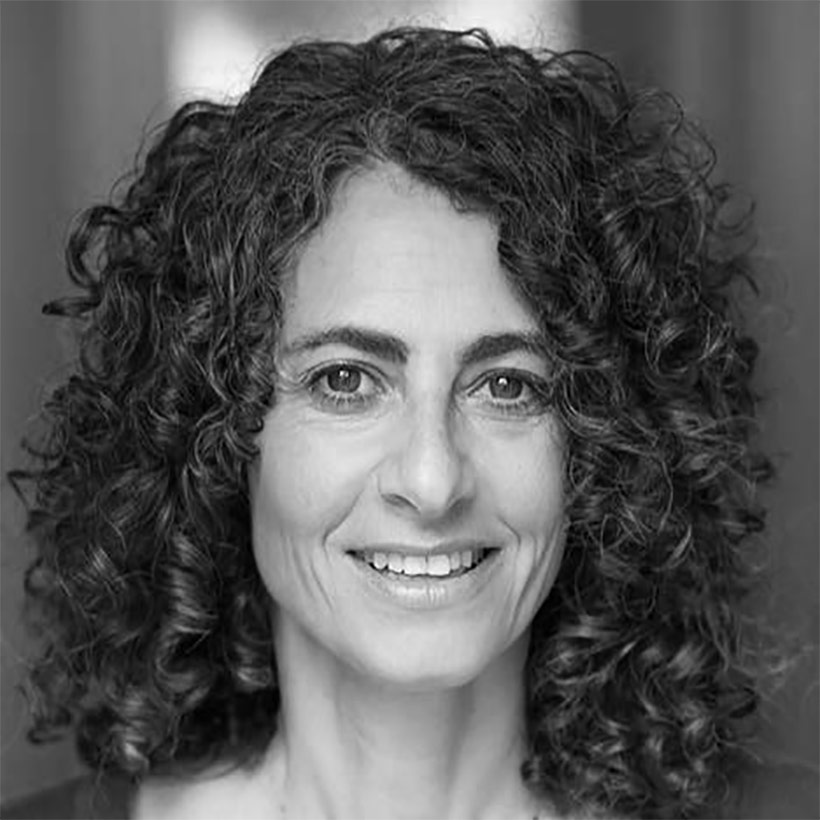
Daphne Miller, MD, is a practicing family physician, author, Associate Clinical Professor at the University of California San Francisco and Research Scientist at University of California Berkeley. A pioneer in the “Healthy Parks, Healthy People” initiative, Miller helped build linkages between our medical system and our park system. Her 2009 Washington Post article, “Take a Hike and Call Me in the Morning,” is widely credited with introducing “park prescriptions” into medical practice. Daphne is the author of two books: The Jungle Effect, The Science and Wisdom of Traditional Diets and Farmacology, Total Health from the Ground Up. She has written popular and scholarly articles; was a regular Contributor to the Washington Post; has been profiled in major publications including the New York Times, the Washington Post, GuardianUK, the San Francisco Chronicle, and Vogue Magazine; and has appeared in a number of documentaries.
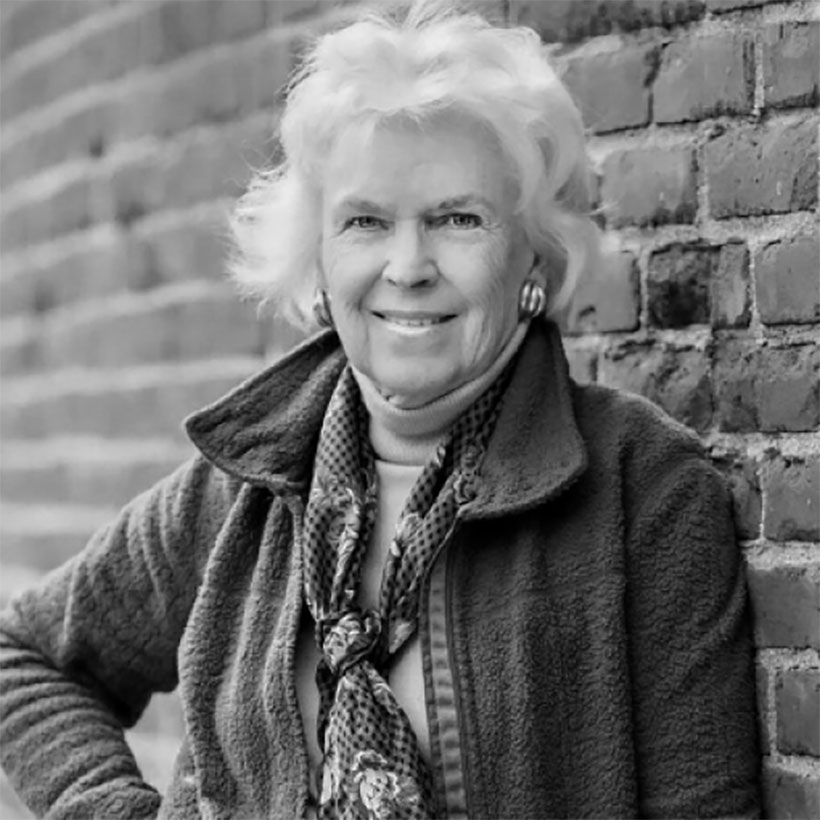
Lynden B. Miller is an internationally renowned public garden designer who has changed the face of New York City’s public places by providing beautiful plantings and a connection with nature for neighborhoods, rich and poor. Beginning in 1982, she rescued and restored the Conservatory Garden in Central Park. Mrs. Miller has designed gardens for many of New York’s most prominent public spaces such as Bryant Park, The New York Botanical Garden, Madison Square Park, Hudson River Park, and Wagner Park. Her work includes landscape improvements for several important campuses such as Columbia, Princeton, and Stony Brook University.
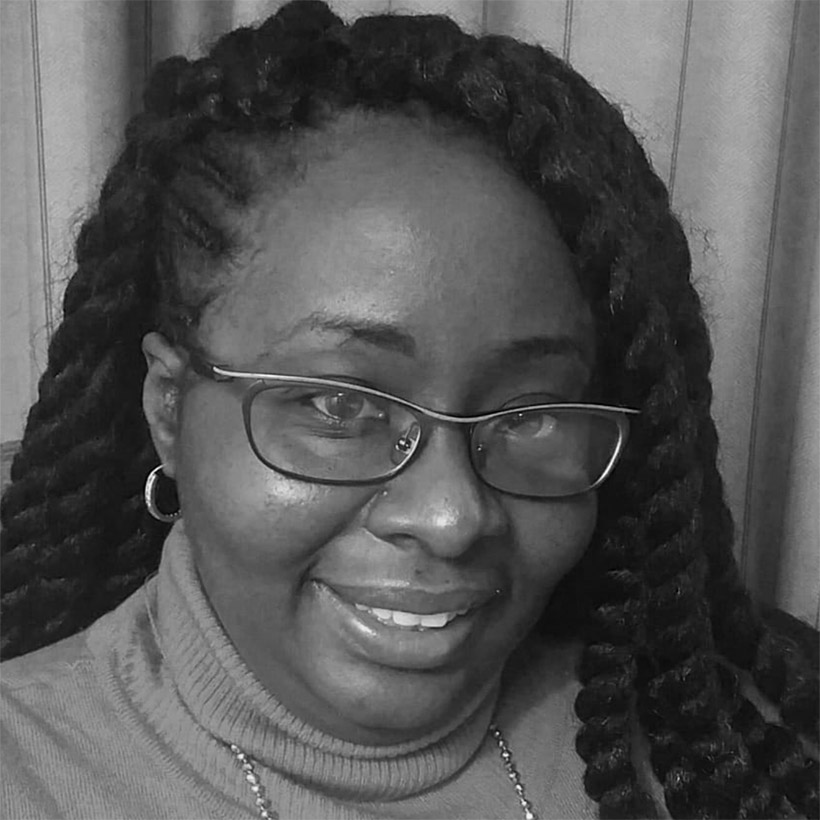
Abéna is an advisory board member of We Run Brownsville and works at a federally qualified health center that serves communities who are severely impacted by health inequities. These roles allow her to blend her passion for culturally responsive, community-based work with opportunities to impact social justice causes including health and wellness, women’s rights, youth and community development and racial equity.
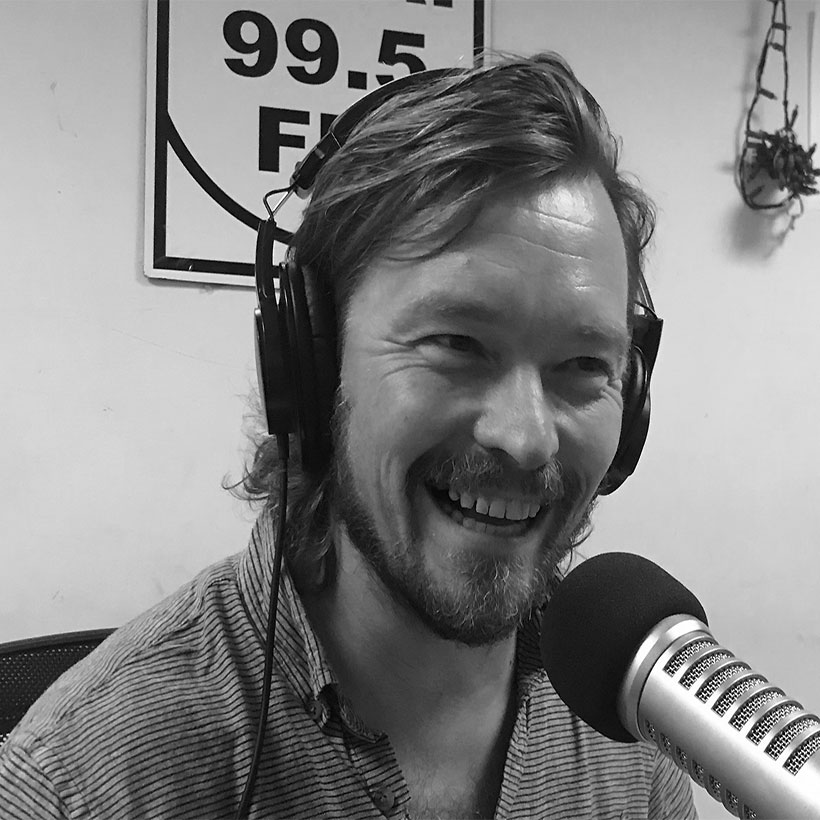
Jarrett Murphy is the executive editor at City Limits, an award-winning policy news outlet that has covered New York since 1976, and the co-host of WBAI’s “Max and Murphy Show.” Before joining City Limits in 2007, he worked at the Hartford Advocate, CBS News and the Village Voice. A graduate of Fordham University who studied economics at the LSE and New School, Jarrett lives with his wife and two sons in the Norwood section of the Bronx, where he coaches youth baseball and is the bass player/lead singer of a rock/funk group called Fort Indy.
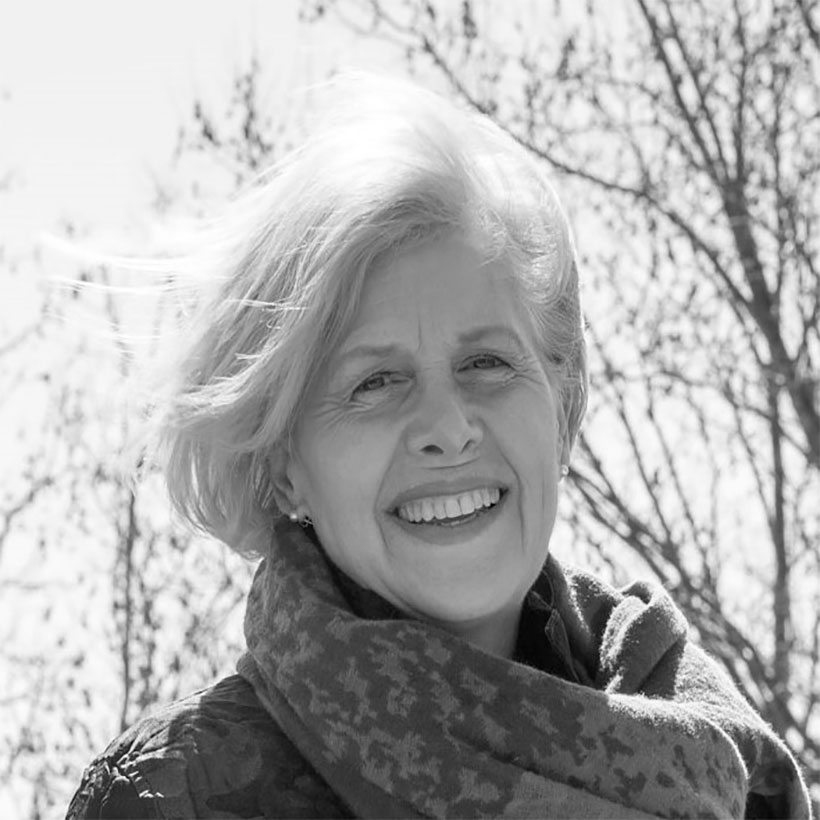
City Parks Alliance’s mission is to engage, educate, and nurture a broad-based constituency to support the creation, revitalization, and sustainability of parks and green spaces for more vibrant and equitable cities. Under Catherine Nagel’s leadership, CPA has recruited mayors to increase federal funding for urban parks, resulting in $100+ million for distressed communities. She has collaborated with RAND Corporation, Georgia Tech, and Urban Institute to advance park programming and funding strategies. She has also strengthened public-private park governance models, inspired new urban park organizations globally, as well as connected a range of leaders from government, community-based groups, cultural institutions, the business sector, and philanthropy.
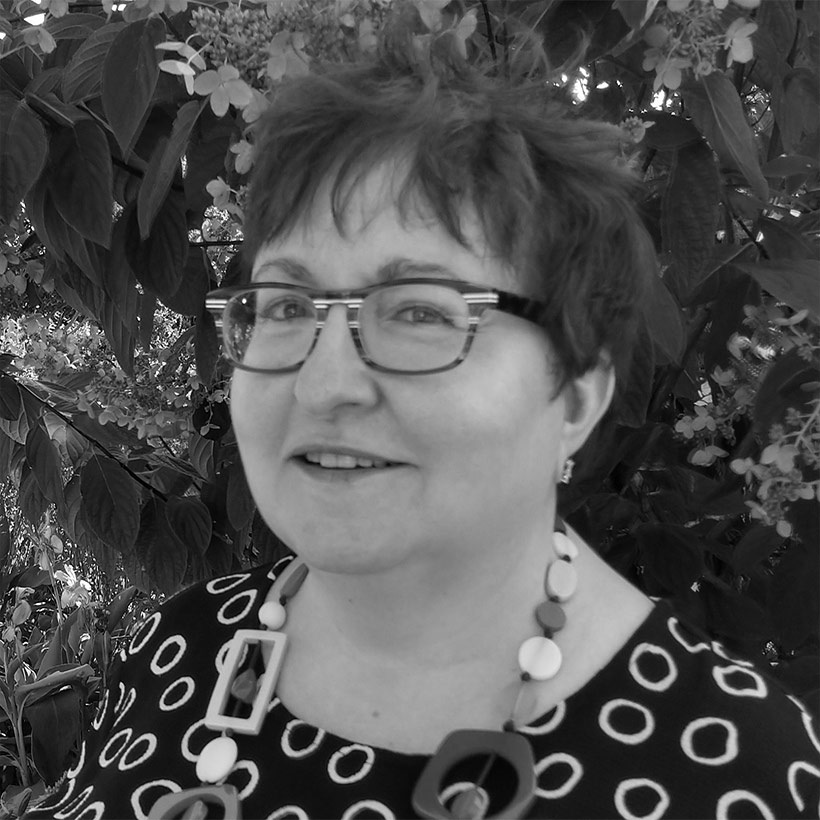
Leslie Peoples is the Director of Landscape Architecture for Manhattan Capital Projects for New York City Parks. Her entire 36-year career has been focused on improving public space for New Yorkers. She had worked in the private sector for 30 years, with New York City Parks and other city and state agencies as clients. Her projects included the Fort Washington Park Master Plan, New York City Schoolyards to Playgrounds, and the Bikeway Design Guidelines for Route 9A. Since coming to New York City Parks in 2013, she has managed a team of talented in-house Parks landscape architects and consultants in designing a portfolio of new and reconstructed parks. The Manhattan Capital team’s projects vary in scale from the recently completed Chelsea Green, which transformed a former Department of Sanitation parking lot and building into a new community park, to the coordination of the East Side Coastal Resiliency Project with the New York City Department of Design and Construction and Mayor’s Office of Resiliency.
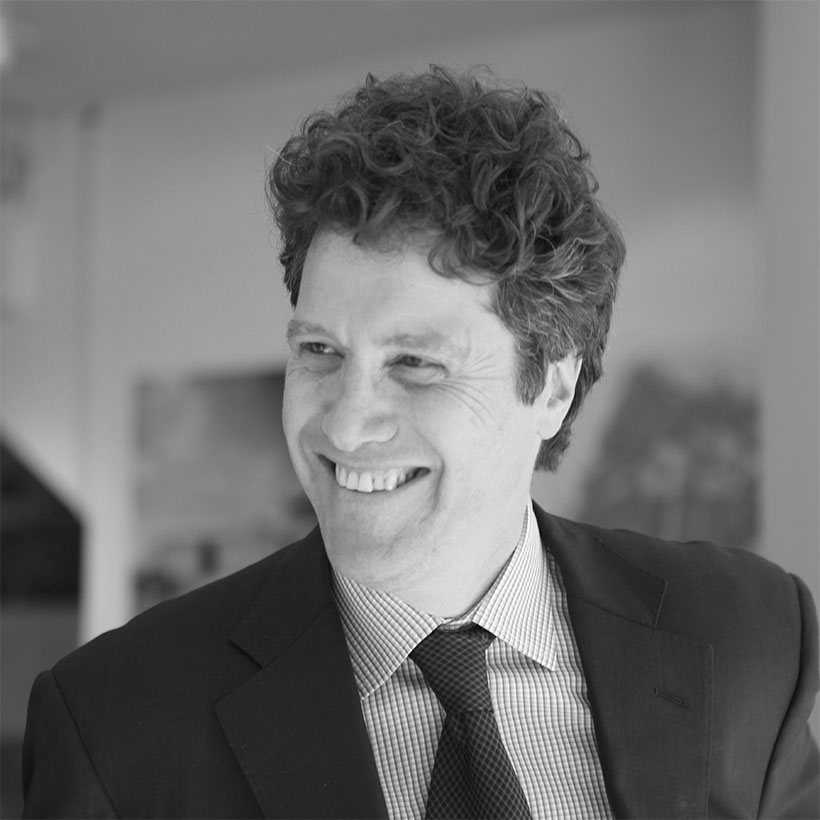
Jeffrey Raven is a specialist in sustainable and resilient urban design. His research is applied in professional practice and disseminated throughout the profession, government, and allied disciplines. Jeffrey’s professional practice focus is on US-international urban design projects and knowledge transfer. His publications include coordinating lead author of Climate Change and Cities; Planning and Design (Cambridge University Press 2018); Shaping Resilient Cities in China, India and the United States (P. Lang 2014); and Climate Resilient Urban Design, Resilient Cities (Springer 2011). Jeffrey is also co-chair of the AIANY Planning and Urban Design Committee.
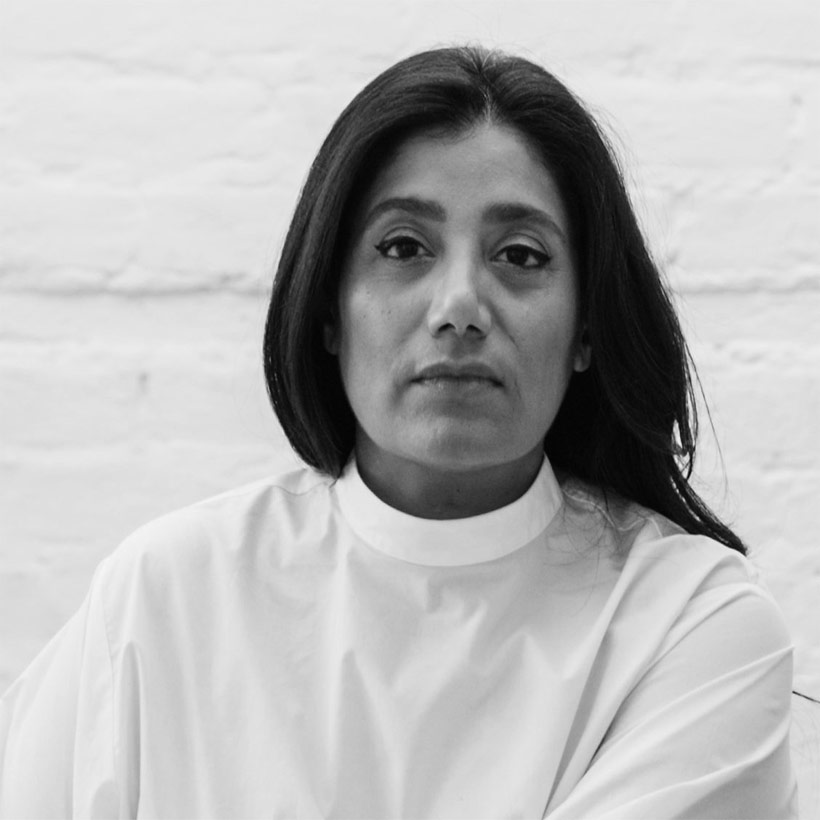
Suchi Reddy, Founding Principal of Reddymade, established her architecture and design practice in 2002. “Form follows feeling” is Reddy’s mantra. Her primary focus is “neuroaesthetics,” the study of how minds and bodies respond to aesthetic experiences. Reddymade’s projects include large public installations, exhibit design, adaptive reuse of historic buildings, and commercial and residential projects. Reddy is a member of the Van Alen Institute Leadership Council and Board Member for the Design Trust for Public Space and Storefront for Art and Architecture. She is the fall 2019 Plym Distinguished Professor at the University of Illinois School of Architecture, Champaign–Urbana.
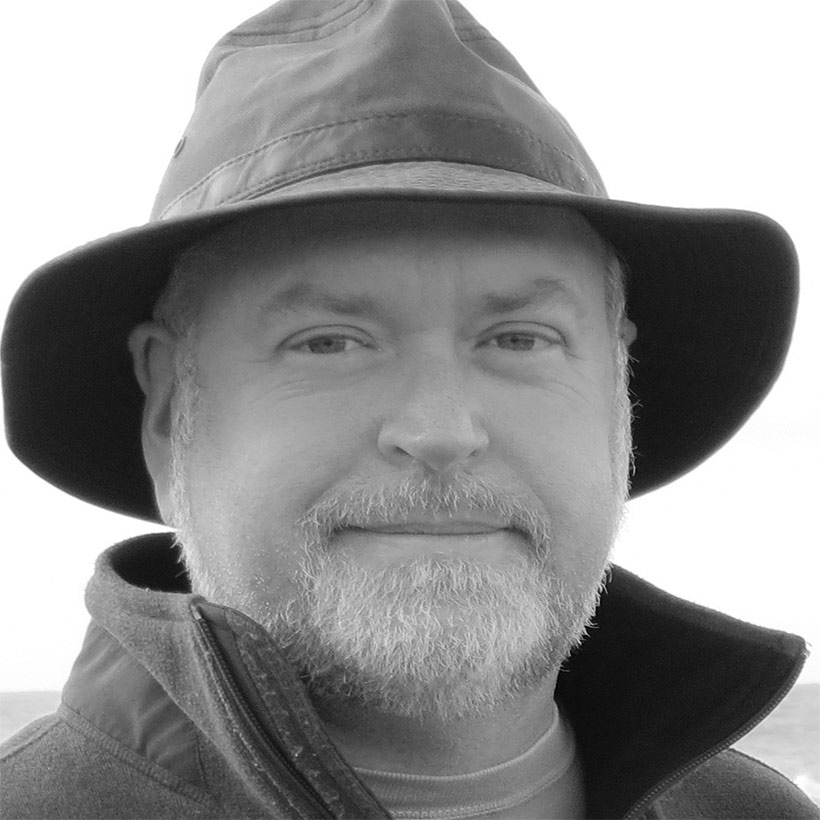
Eric W. Sanderson is a Senior Conservation Ecologist at the Wildlife Conservation Society, Dorothy and Lewis B. Cullman Center for Scholars and Writers Fellow at the New York Public Library, and adjunct faculty at New York and Columbia Universities. He is the author of the bestseller, Mannahatta: A Natural History of New York City, and also Terra Nova: The New World After Oil, Cars, and Suburbs, and editor of three other books, including the recently published, Prospects for Resilience: Insights from New York City’s Jamaica Bay, about climate resilience along an urban coastline. Sanderson is co-inventor of Visionmaker, an on-line ecological democracy forum for New York City. Sanderson earned a PhD in Ecology and a B.A.S. in English and Biochemistry at the University of California, Davis. He is also an Eagle Scout.
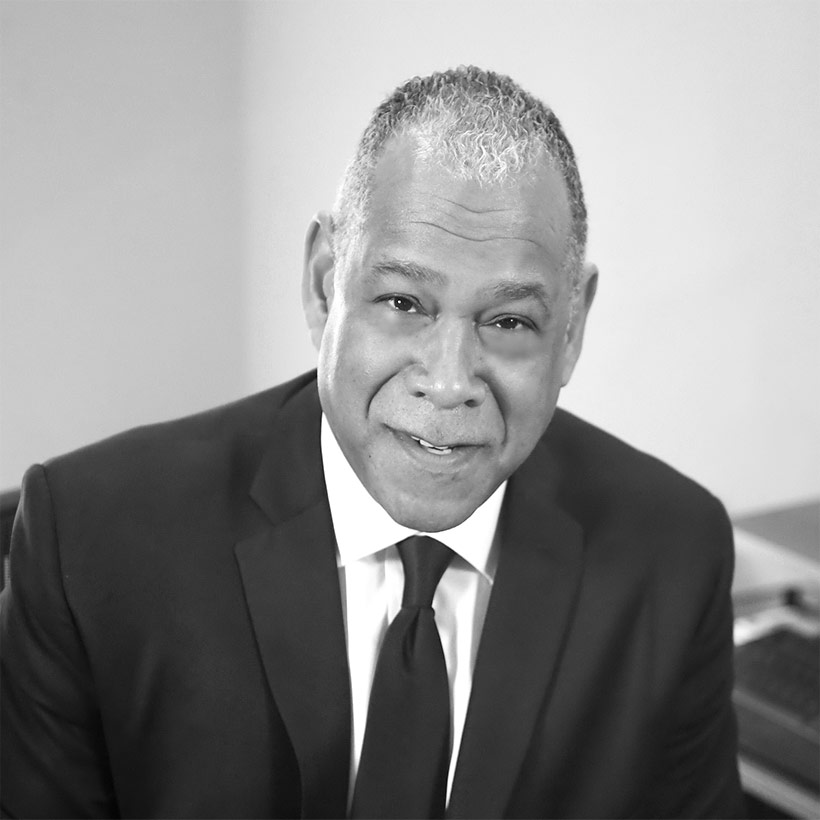
Mitchell J. Silver became Commissioner of the New York City Department of Parks in May 2014. Commissioner Silver is also a past president of the American Planning Association. He is an award-winning planner with over 30 years of experience and is internationally recognized for his leadership in the planning profession and his contributions to contemporary planning and urban design issues. Silver is a fellow of the American Institute of Certified Planners and honorary member of the American Society of Landscape Architects. One of the nation’s most celebrated urban thinkers, in 2017 Commissioner Silver was elected to Planetizen’s list of the 100 Most Influential Urbanists in the World.

Serving as New York and New Jersey State Director for The Trust for Public Land since 2017, Carter Strickland leads a team that protects open space and builds parks and playgrounds around New York. Under his leadership, The Trust for Public Land has tripled its development of parks within New York City; developed a programmatic, five-year strategic plan; launched a 175-mile trail across Long Island; and protected key landscapes around the Appalachian Trail and Long Path, a 357-mile New Jersey-New York long-distance hiking trail. Over a 25-year environmental career, Carter Strickland has worked in the public, private and non-profit sectors, including serving as Commissioner of the New York City Department of Environmental Protection, where he created and implemented the New York City Green Infrastructure Plan and directed the agency’s response to Hurricanes Irene and Sandy. He teaches at Columbia and NYU.
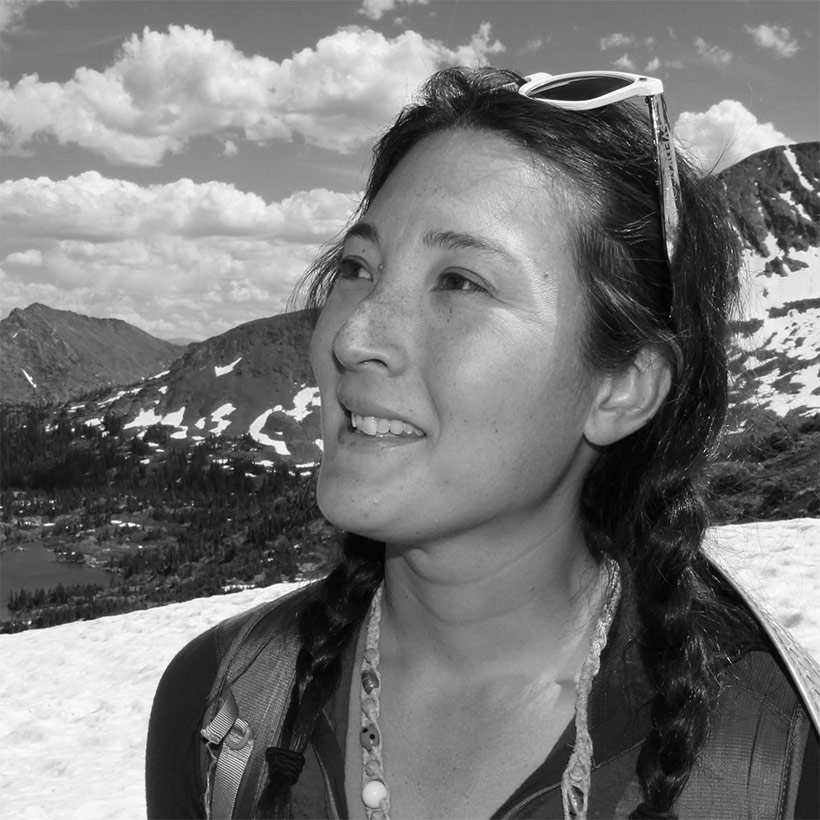
Liz Thomas is a professional hiker, adventure conservationist, and outdoor writer who encourages people to hike their city. She has designed and walked thirteen urban hiking routes of 100+ miles in U.S. cities from Los Angeles to New York City. A guest editor and regular contributor to Backpacker Magazine, she has been featured on Good Morning America and has appeared in the Wall Street Journal, New York Times, Women’s Health, among other publications. Her book Long Trails: Mastering the Art of the Thru-Hike received the 2017 National Outdoor Book Award for Best Instructional book. Thomas is a currently editor in chief at Treeline Review, an outdoor magazine. She holds a Master’s in Environmental Science from the Yale School of Forestry & Environmental Studies, where she held a Doris Duke Conservation Fellowship for her research on trails, conservation, and trail-side communities.
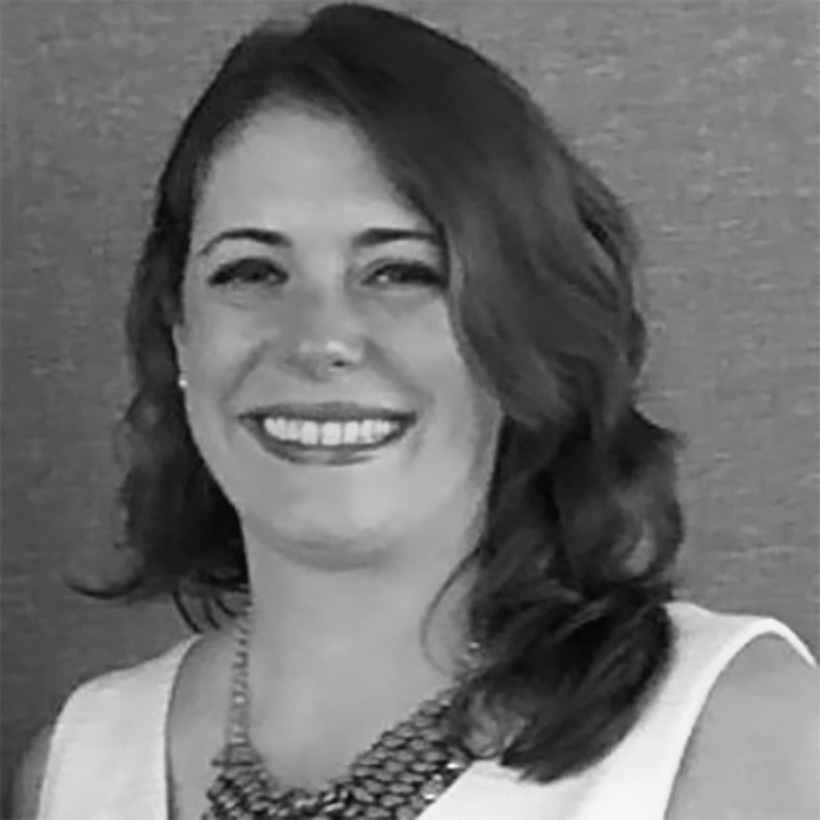
Julie Tighe was named President of NYLCV and NYLCVEF in 2018. Previously, she served eleven years at the NYS Department of Environmental Conservation in various roles, most recently as Assistant Commissioner of Intergovernmental and Legislative Affairs prior to her elevation to Chief of Staff. As DEC’s Chief of Staff, she was instrumental to advancing the agency’s legislative priorities, including reform of the State’s Brownfield Cleanup Program and a ten-year, $1 billion Superfund authorization. Ms. Tighe was a primary negotiator for the landmark $2.5 billion Clean Water Infrastructure Act, the incorporation of the Climate Change program into New York’s historic $300 million Environmental Protection Fund, three successful Constitutional Amendments, and the most comprehensive electronics recycling law in the country. She oversaw DEC’s policy development, helped run the nearly 3,000 employee agency, and served as a key member of the organization’s leadership team.
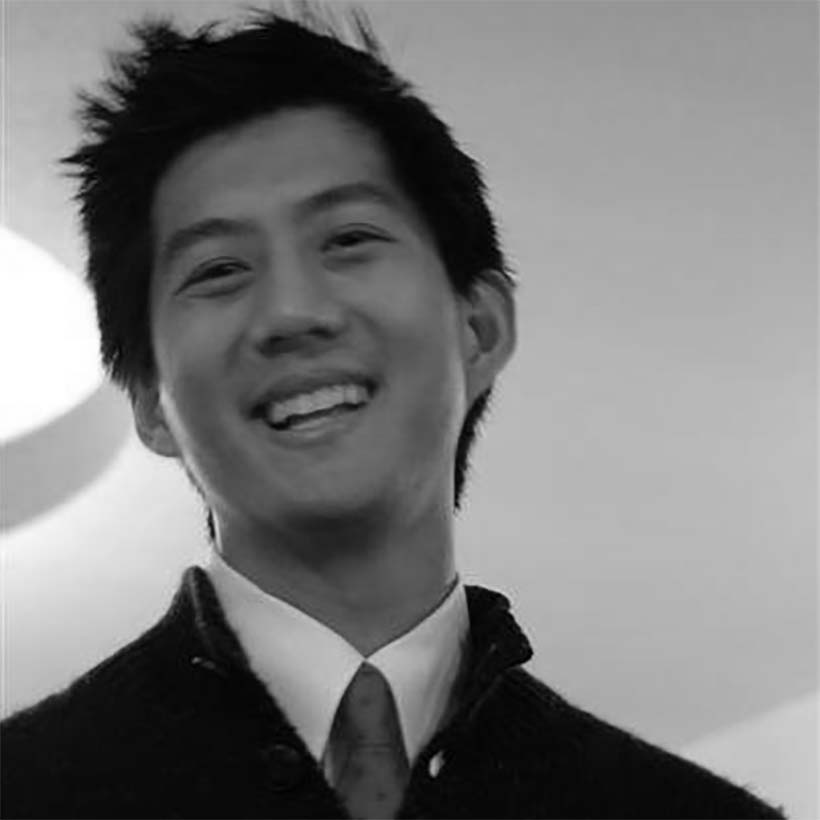
Frank is the current President of Court Square Civic Association (CSCA), which champions and facilitates the holistic development of the Court Square neighborhood in Long Island City. CSCA is a firm believer in collaborating with other Long Island City stakeholders but at the same time is committed to ensuring Court Square has its own voice as the neighborhood sits in a unique location relative to Manhattan, Hunters Point, and nearby Queens neighborhoods. CSCA is also involved with the Sunnyside Yard Steering Committee and was formerly on the Amazon Community Advisory Committee.
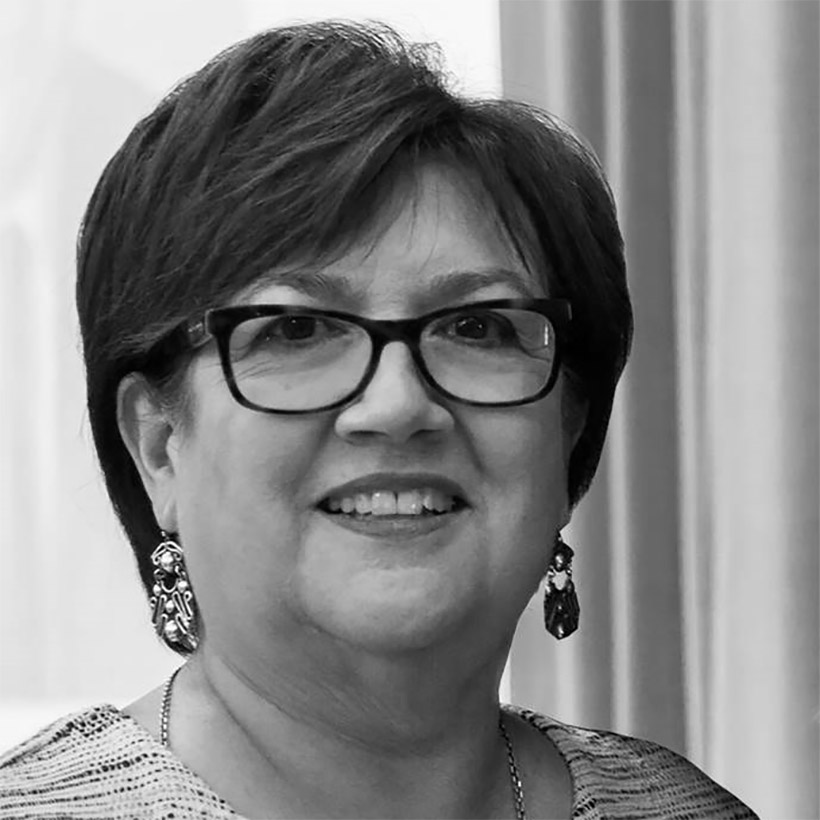
Elva Yañez, MS, is Director of Health Equity at the Prevention Institute, a national public health organization. Over the past 20 years, Elva has worked extensively on public policy initiatives, emphasizing environmental approaches to prevention and health equity outcomes. She has applied her policy advocacy and systems change expertise to address park inequities, environmental impacts, land use, and health disparities in Los Angeles’ underserved communities. Previously, her private consulting firm provided policy advocacy, strategic planning, and communications services to clients in the areas of public policy, urban parks, public health, land use, and the built environment. Early in her career, Elva worked on tobacco and alcohol policy issues at the local, state, and national levels. Elva served on the California State Park and Recreation Commissioner from 2011 – 2019, as an appointee of Governor Jerry Brown.
Innovation Exhibition
2019 Innovation Exhibition
In line with the 2019 Summit theme, the MAS Urbanist Innovation Exhibition Jury selected seven projects that creatively highlight the importance of protecting the right to light and air as essential for a livable city.
A Space for Being
By Google Design Studio in collaboration with Muuto, Reddymade Architecture and the International Arts + Mind Lab at Johns Hopkins University
At this year’s Salone del Mobile Milano, Google presented A Space for Being – an interactive, multi-room installation that explored the field of neuroaesthetics and how different visual experiences have the potential to impact our biology and well-being. Each room varied in lighting, decor, colors, art, imagery, greenery, surfaces, textures, sound, and olfactory to stimulate the visual senses and elicit unique responses.
Bringing Light to Schoolyards: Designing Playgrounds that Shine
By The Trust for Public Land
Having designed and built over 200 green schoolyards across the five boroughs of New York City, The Trust for Public Land (TPL) will highlight the elements in their design process with students and community members that involves light analysis, and the importance of the sun to the school gardens. They will engage the audience in discovering the difference between light-filled spaces and spaces in darkness due to adjacent tall buildings and how that effects their design choices.
Cloud Catchers: Drinking Water Infrastructure
By Lily Consuelo Saporta Tagiuri
Cloud Catchers imagines an alternate method for gathering fresh water from air moisture. Between changing weather patterns, contamination, decaying pipe infrastructures, and growing populations, we are increasingly vulnerable to fresh water shortages. This installation looks to the sky, sun, and wind for solutions, providing a simple, lightweight, and inexpensive method of collecting fresh water from the moisture in the air. Clouds are one of the only free fresh water sources in the world. Accessing water stored in clouds democratizes an increasingly privatized resource.
EXPLORE BIRDS
By Washington Square Park Eco Projects
Birds are an ideal symbol for the importance of light and air in a livable city. New York City sits within one of the American Flyways, which hosts year-round bird species and provides stopover habitat for migratory species. Birds rely on green spaces in the city for habitat and forage, which require access to natural light to thrive. EXPLORE BIRDS is a mobile bird education program. Its mission is to engage New Yorkers in urban bird life and diversity, offering self-directed, hands-on exploration of bird specimens and participatory learning.
InCitu
By DRAW Brooklyn
InCitu lets anyone see any project proposed for their neighborhood on site in augmented reality. It allows users to better understand a project’s possible impact on its environment in terms of light, shadow, density, zoning, land use, transportation, infrastructure and socio-economic effects. Most important, InCitu lets users join in the planning of change. Because as Jane Jacobs said, “Cities have the capability of providing something for everybody, only because, and only when, they are created by everybody.”
Plaza Life Revisited
By XL Lab at SWA Group and SWA/Balsley
This research project revisited William H. Whyte’s Street Life Project to understand changes in public space and public life over 40 years, and how people behave in small urban spaces now. Ten plazas in Manhattan were studied using a machine learning, video, and hand tabulation. The goal was to identify common behavioral patterns to inform future public realm design, such as visitor attraction to sun or shade.
The QueensWay Extends Light and Nature to Queens Neighborhoods
By DLANDstudio, Friends of QueensWay, and The Trust for Public Land
The QueensWay vision is to create public access to an abandoned, 47-acre, 3.5-mile rail corridor that exists in Central Queens. This could be New York City’s next great park, providing a safe place for biking and walking in a place that remains designed for cars. The QueensWay will extend Forest Park into densely built neighborhoods, providing access to nature and light (filtered through an already mature canopy of trees that have built up over 60 years) to over 300,000 people who live within a mile.
Urbanist Innovation Exhibition Jury
Marcus Carter, Partner, OBJECT TERRITORIES
Jennette Cheung, Marketing Director, Two Twelve
Matthew Coody, Director of External Affairs, Historic House Trust of New York City
Kate Fisher, Strategist, 3×3
Noam Freshman, Strategist, Siegelvision
Gabo Halili, Urban Planner and Architect
Lauren Peters, Architectural Designer and Historic Preservation Specialist, Walter B. Melvin Architects, LLC
Dominic Ramos-Ruiz, Manager, Market Development, International WELL Building Institute (IWBI)
Katherine Riley, Senior Project Manager for Capital Projects, NYC Parks
Lucy Robson, Director of Research and Policy, New Yorkers for Parks

